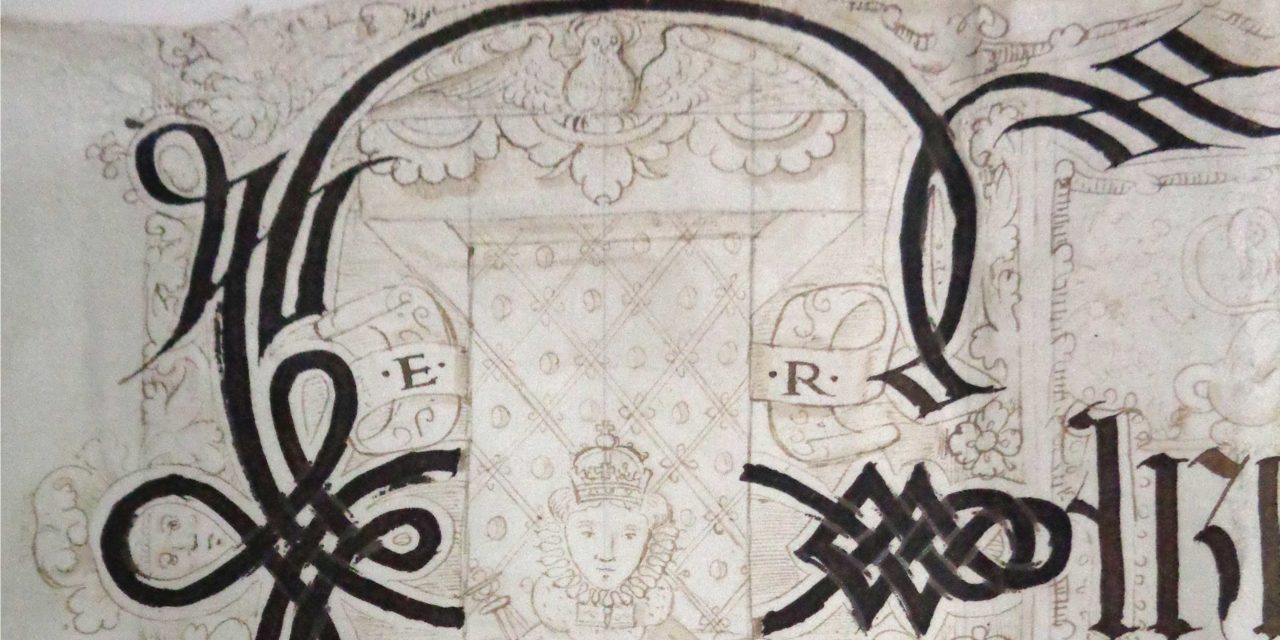
1565
29 January 1565 – Queen Elizabeth I grants letters patent to her ‘well beloved and faithful subject’, Sir Roger Cholmeley, to found a grammar school ‘for the most liberal education and instruction of the boys and young men’ around Highgate. The first pupils are instructed in Latin, Greek and the principles of religion, according to the then teaching of the Church of England.
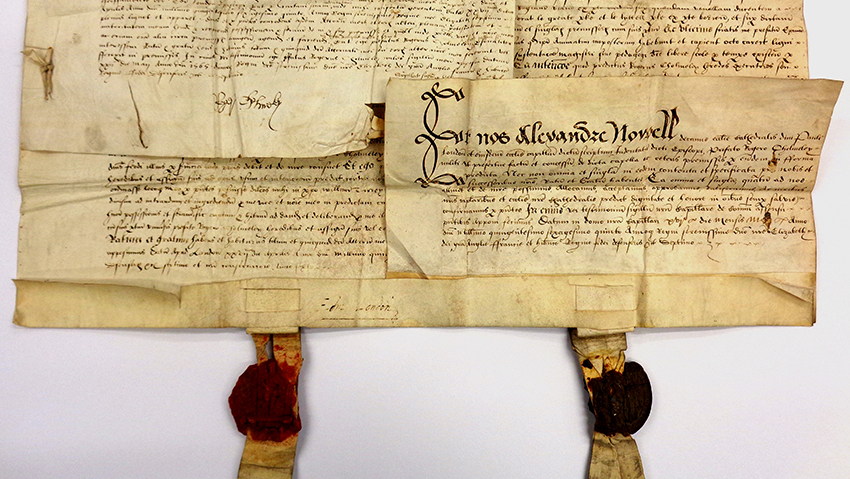
1565
7 June 1565 – Having received two acres of the Bishop of London’s hunting park, Sir Roger Cholmeley hands over the chapel and land for Highgate School to the six governors, together with an endowment of London properties worth £10 3s 4d a year.
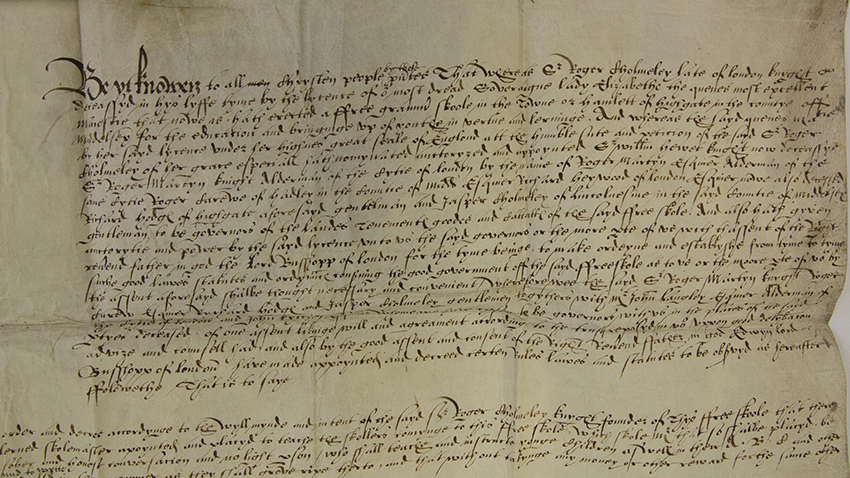
1571
1571 – Our first School statutes are issued.
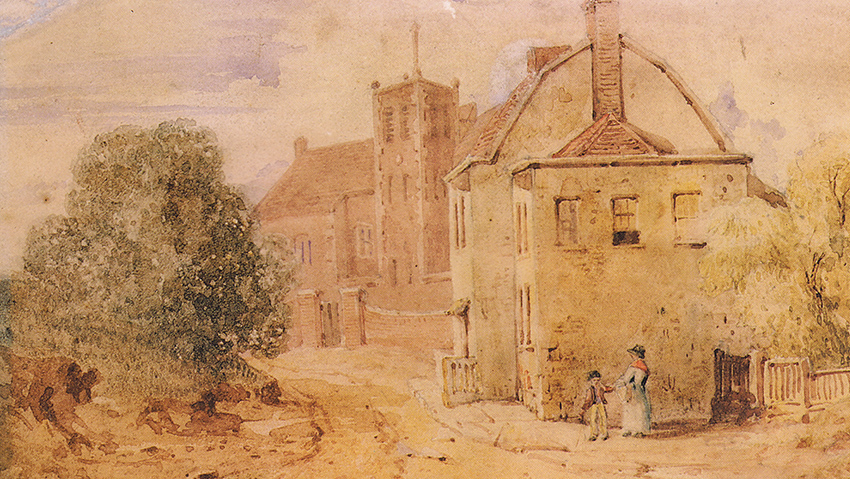
1616
1616 – Our School chapel and its functions grow in importance, with villagers beginning to use the chapel as their parish church.

1688
1688 – Nicholas Rowe completes his studies at Highgate. He is later appointed Poet Laureate by King George I and, on his death in 1718, buried in Westminster Abbey’s Poets’ Corner.
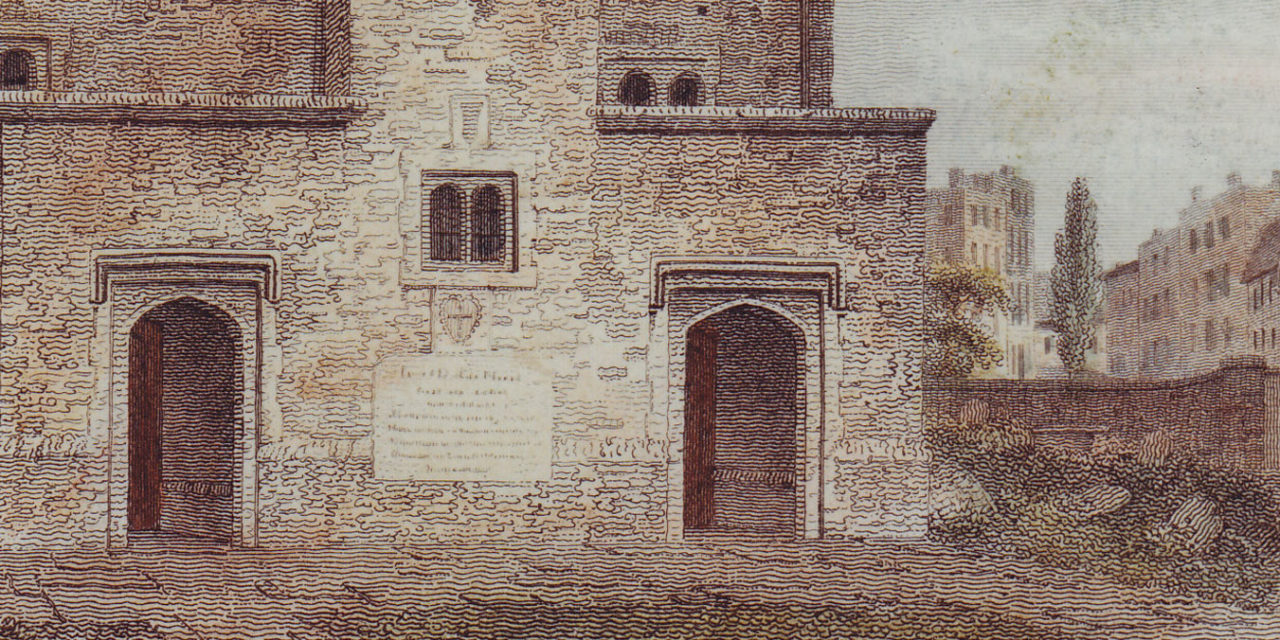
1719
1719 – A licence is awarded to enlarge our chapel to accommodate the growing number of parishioners.
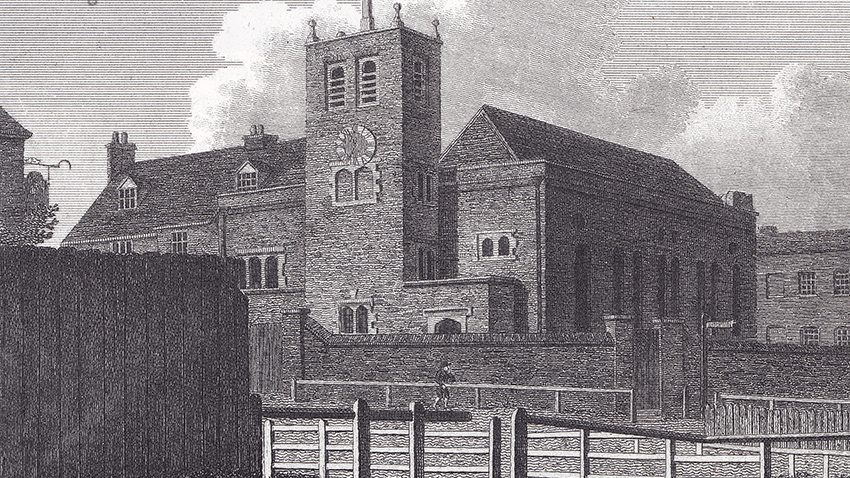
1819
1819 – Our School is enlarged with aid from the National Society, a Church of England fund for religious education.
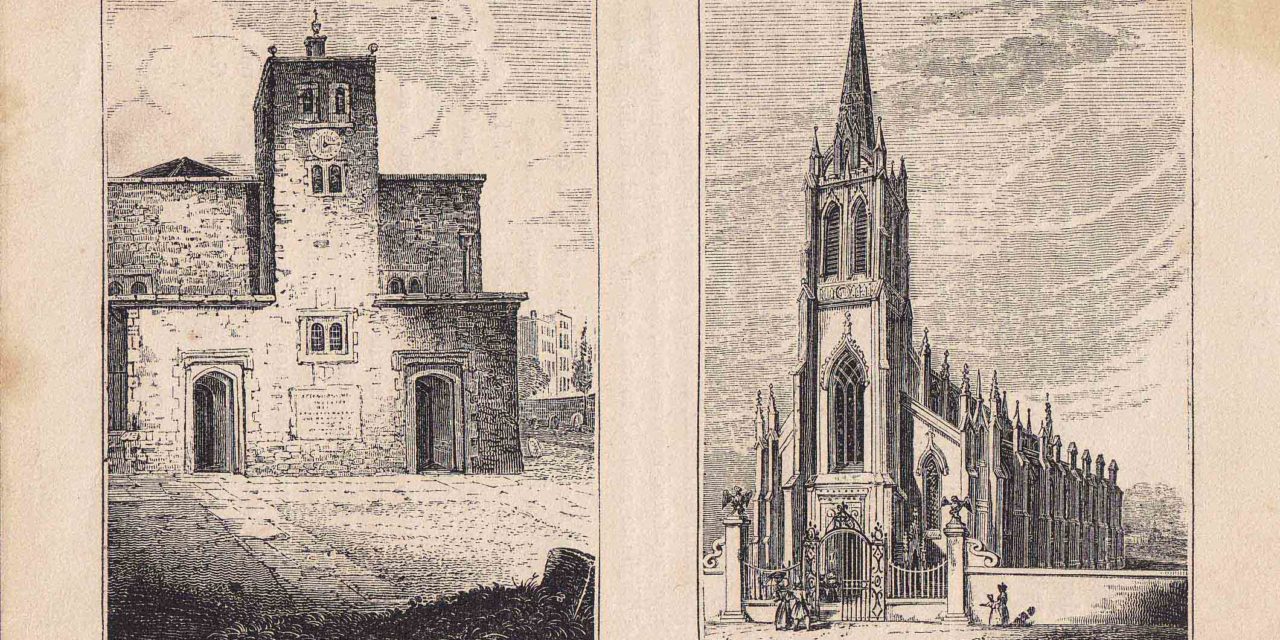
1829
1829 – Highgate starts to charge for extra subjects, so beginning our transformation into what was then a modern Victorian public school. Within three years, new statutes are issued, our School Chapel pulled down and a new parish church built for villagers. Our School is re-established as a grammar school.
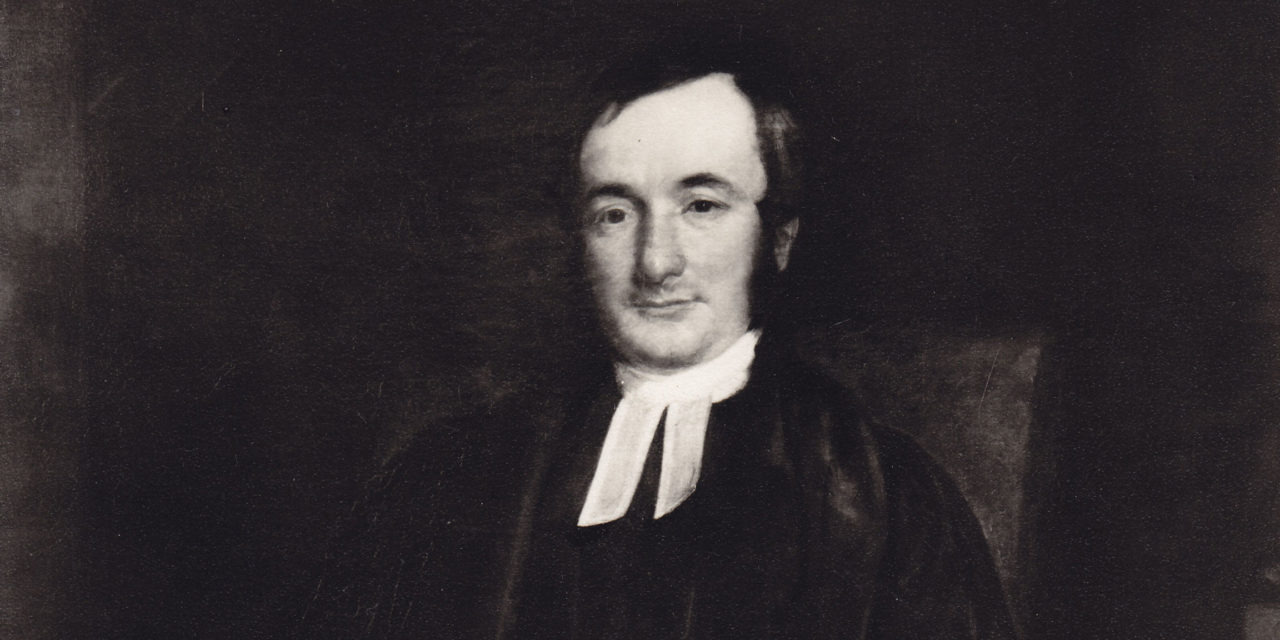
1838
1838 – Reverend John Bradley Dyne becomes our new head. In his 35 years at Highgate, he starts our library, broadens our curriculum by adding mathematics and modern languages, founds new boarding houses, and acquires a sports field for cricket, athletics and rugby.
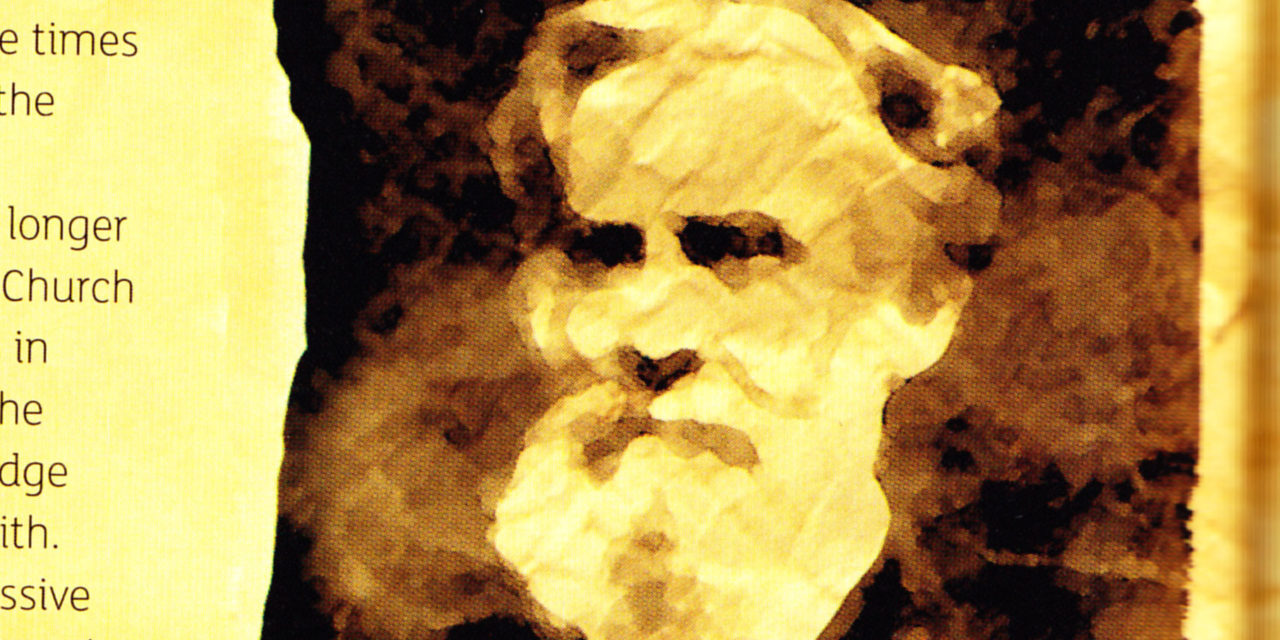
1846
1846 – John Venn joins Highgate as a pupil. He later studies mathematics at Cambridge and becomes known for creating the Venn diagram.
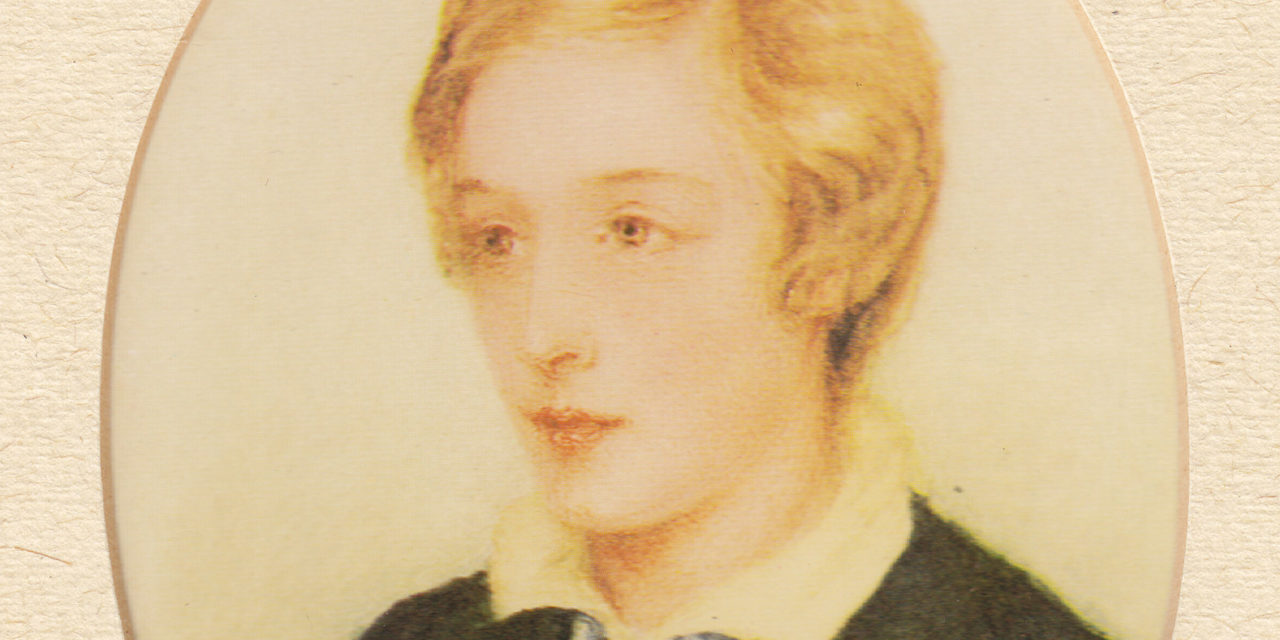
1854
1854 – The poet, Gerard Manley Hopkins, joins Highgate.
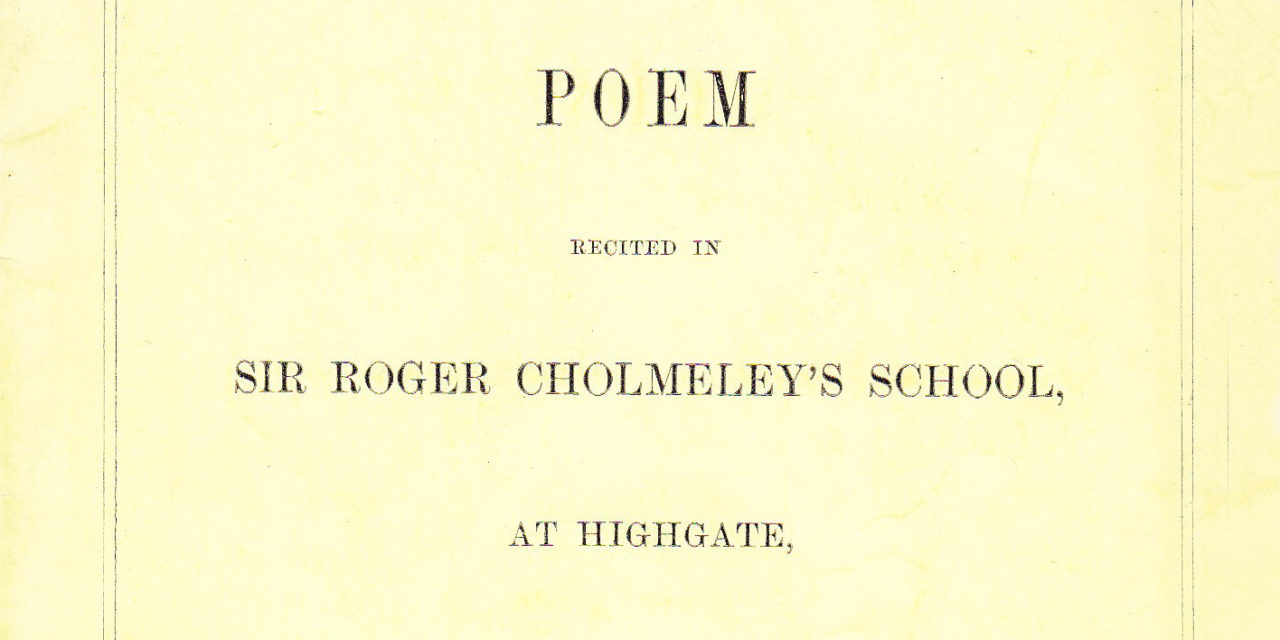
1865
1865 – From starting 300 years ago with 40 scholars, Highgate now has 80 day boys, 50 boarders and 50 foundationers who receive financial support. To celebrate our tercentenary, William Gladstone, then Chancellor of the Exchequer, talks at our speech day.
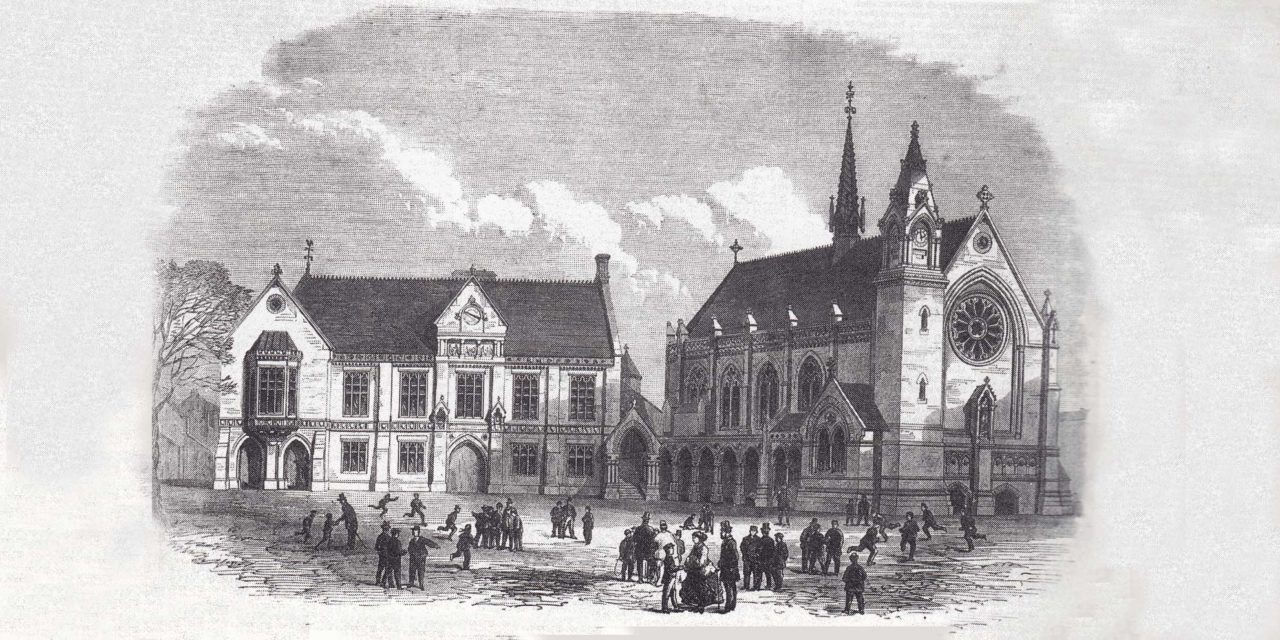
1866-67
1866-67 – The increasing popularity of Highgate means we outgrow our existing building, so a new schoolhouse and chapel are built.
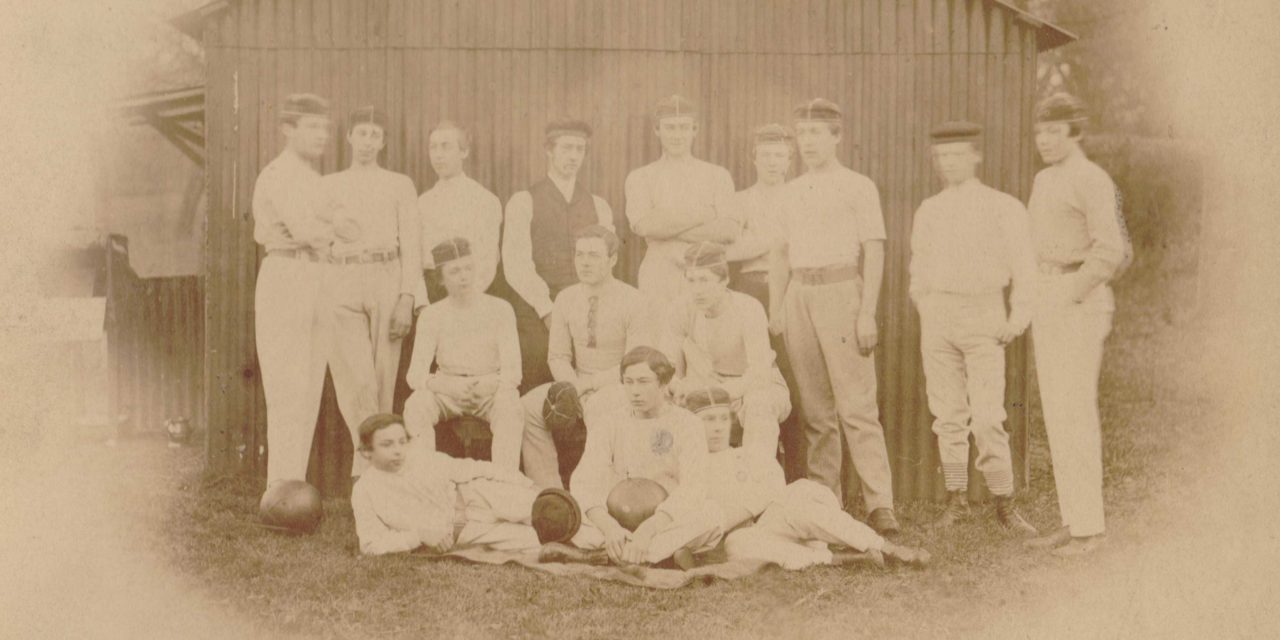
1873
1873 – The Chlomeleian magazine is launched. Co-curricular societies begin to flourish in the forthcoming years, along with organised games (already a well-established feature at Highgate).
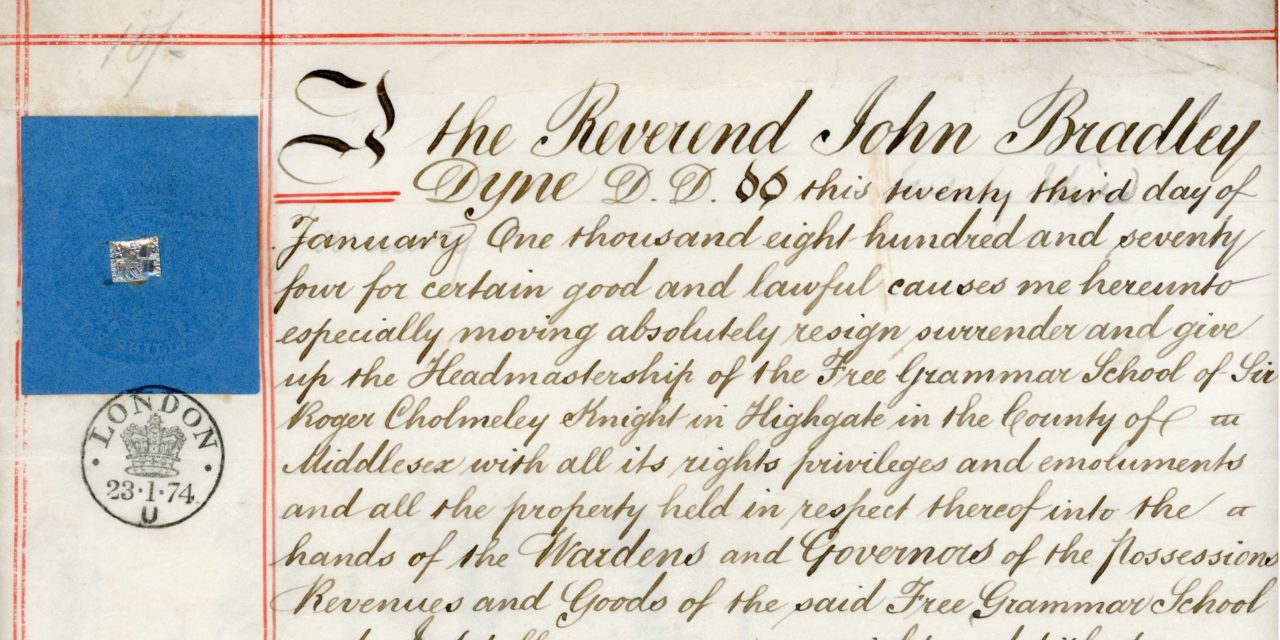
1874
1874 – Dr Dyne retires. Known as Highgate’s second founder, he leaves a lasting legacy to our School. Above all, he establishes Highgate as an institution in which boys are prepared for university study and for the professions.
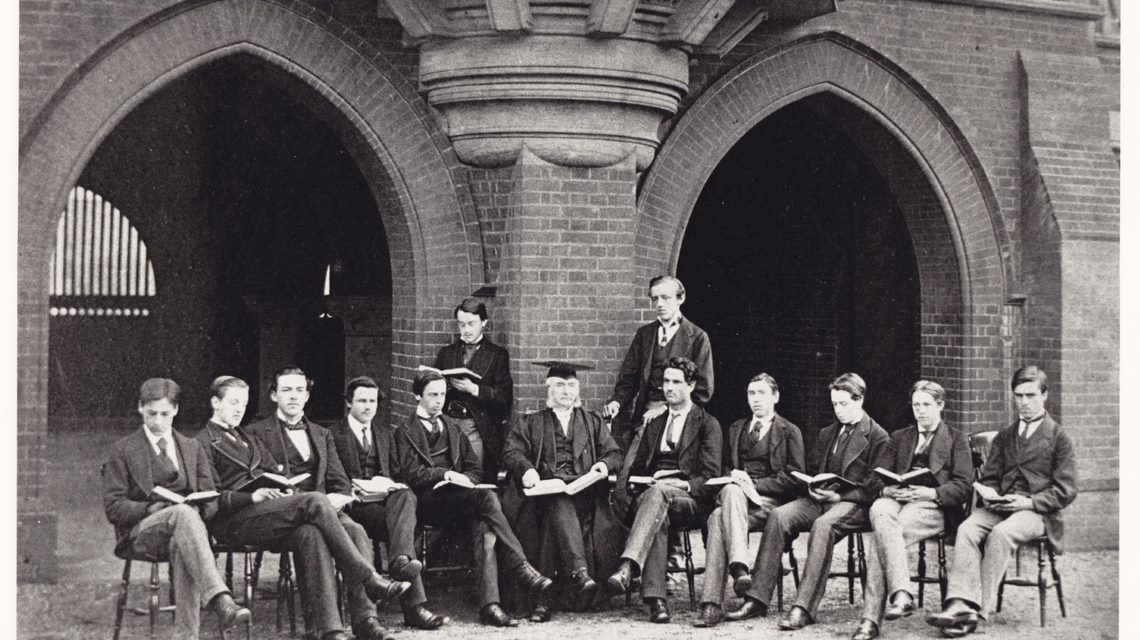
1876
1876 – Highgate officially lifts its restrictive limit on pupil numbers and introduces scholarships to widen access to education.
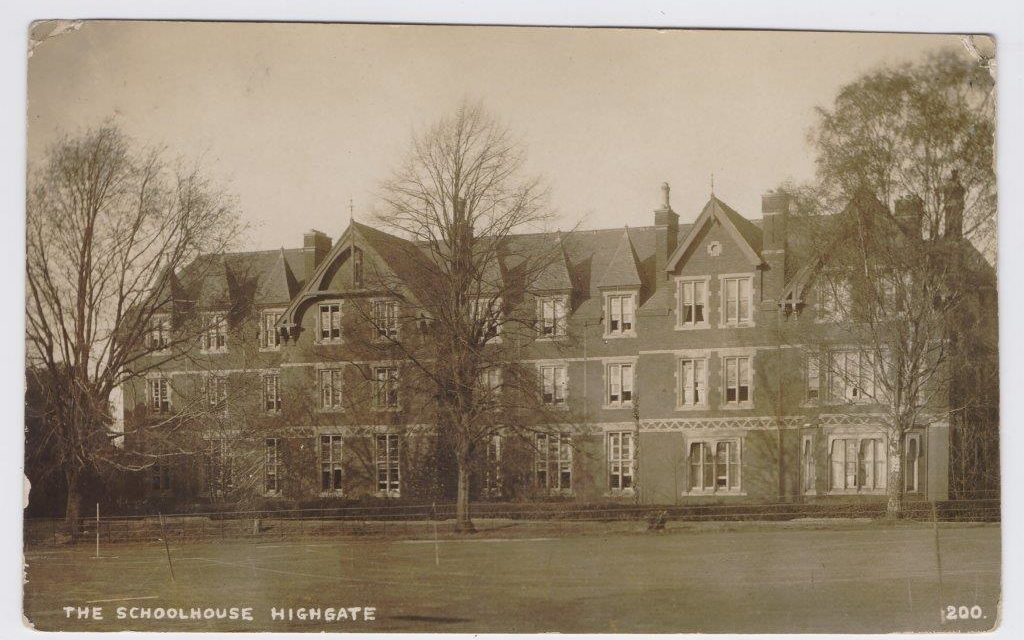
1880
1880 – School House is built to accommodate our boarding pupils.
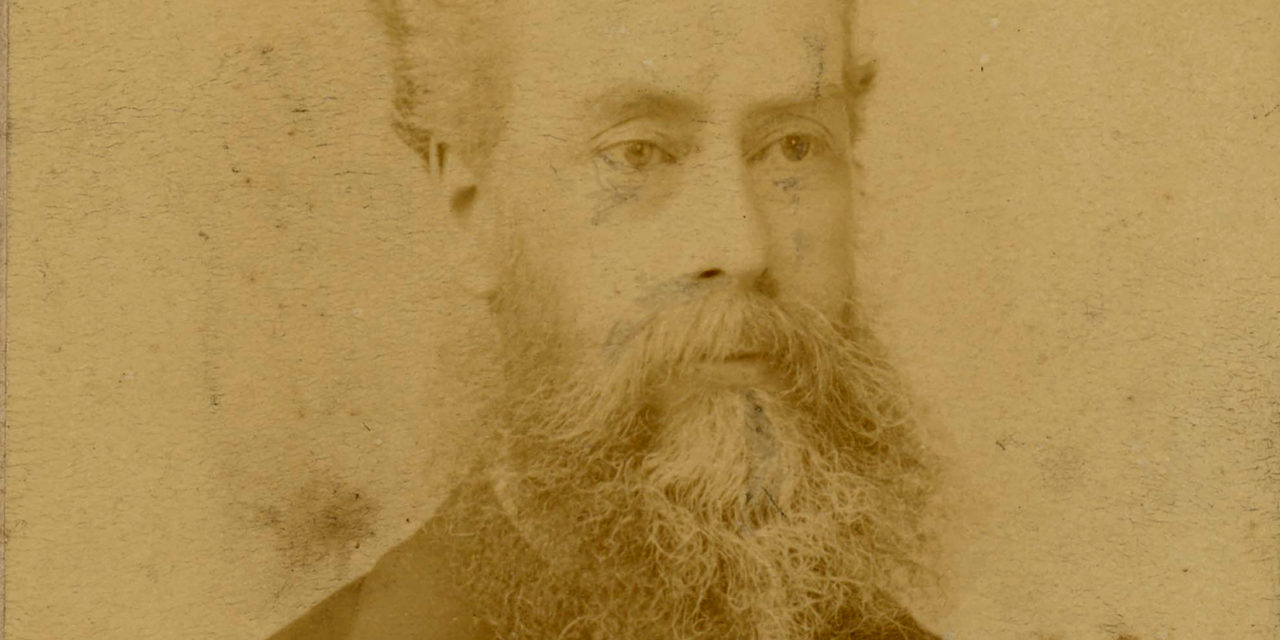
1890
1890 – Science becomes increasingly important and popular, so every Highgate class is now taught chemistry in a special laboratory. In just seven years, a separate building will be created to provide extra classrooms devoted entirely to science.
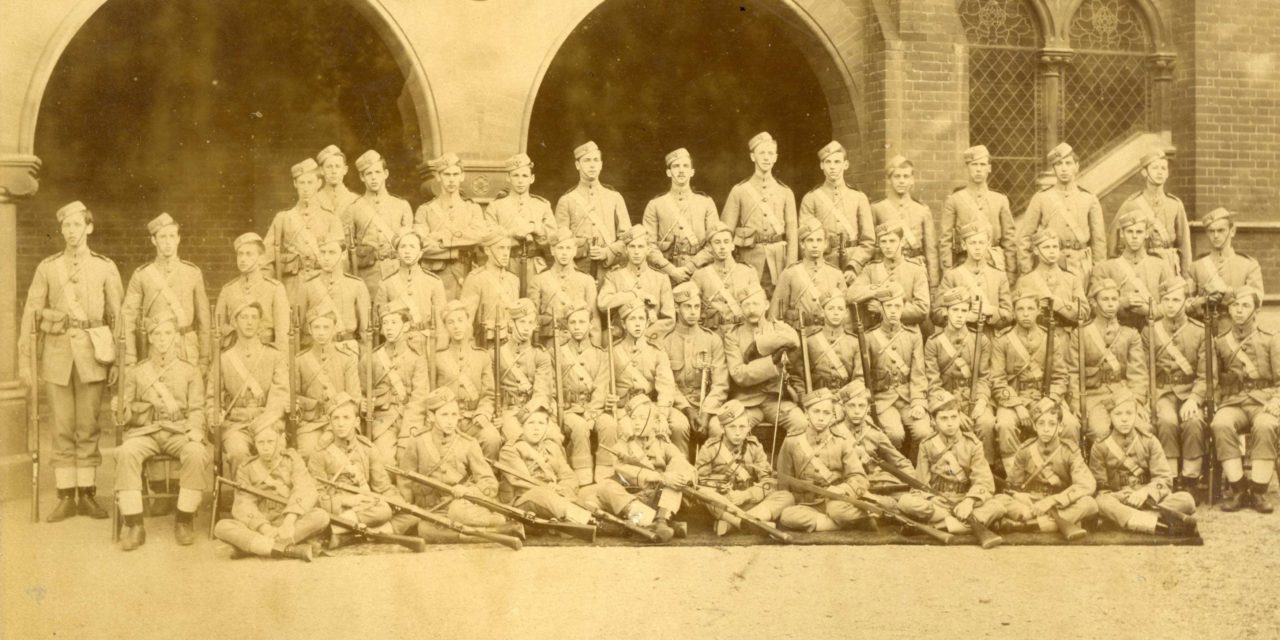
1892
1892 – A School Voluntary Cadet Corps is founded.
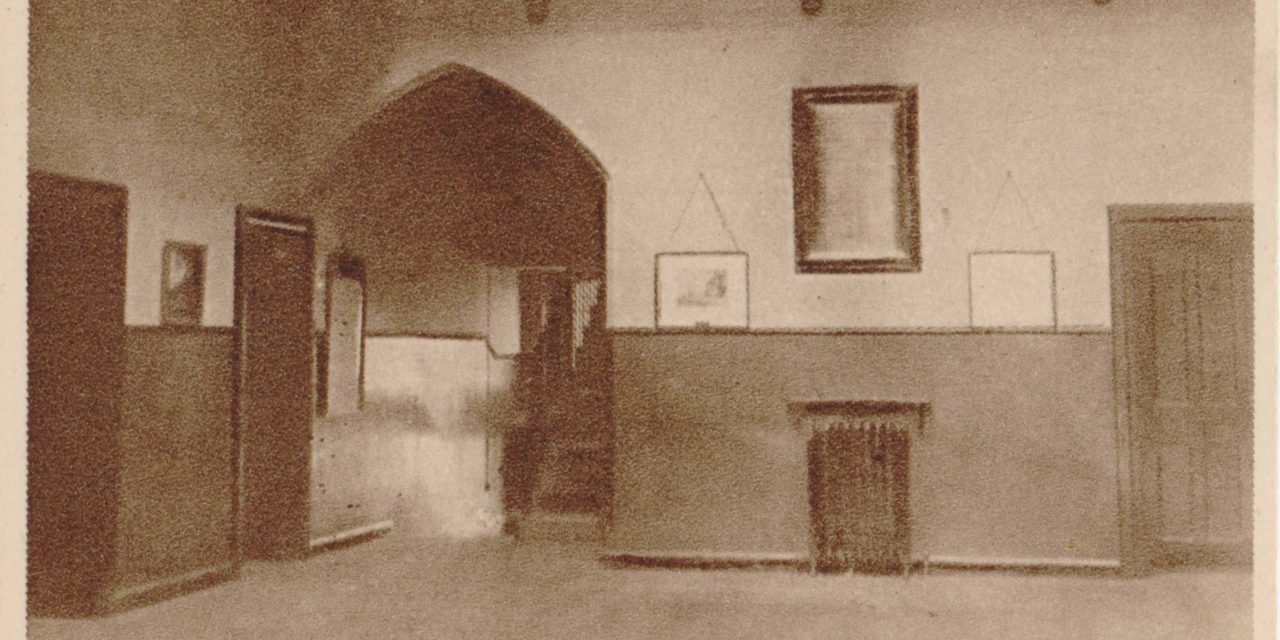
1899
1899 – Central Hall is built to provide further classrooms and a dining hall.
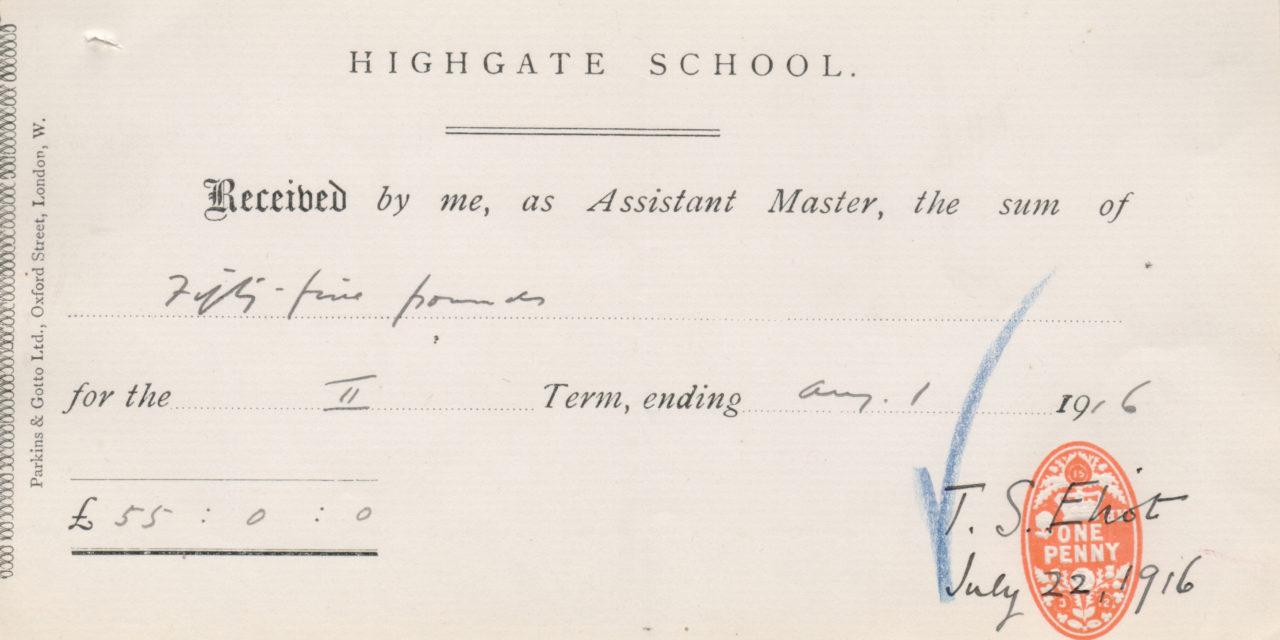
1916
1916 – Poet TS Eliot teaches within Highgate Junior School for three terms, where one of his pupils is future Poet Laureate, John Betjeman.
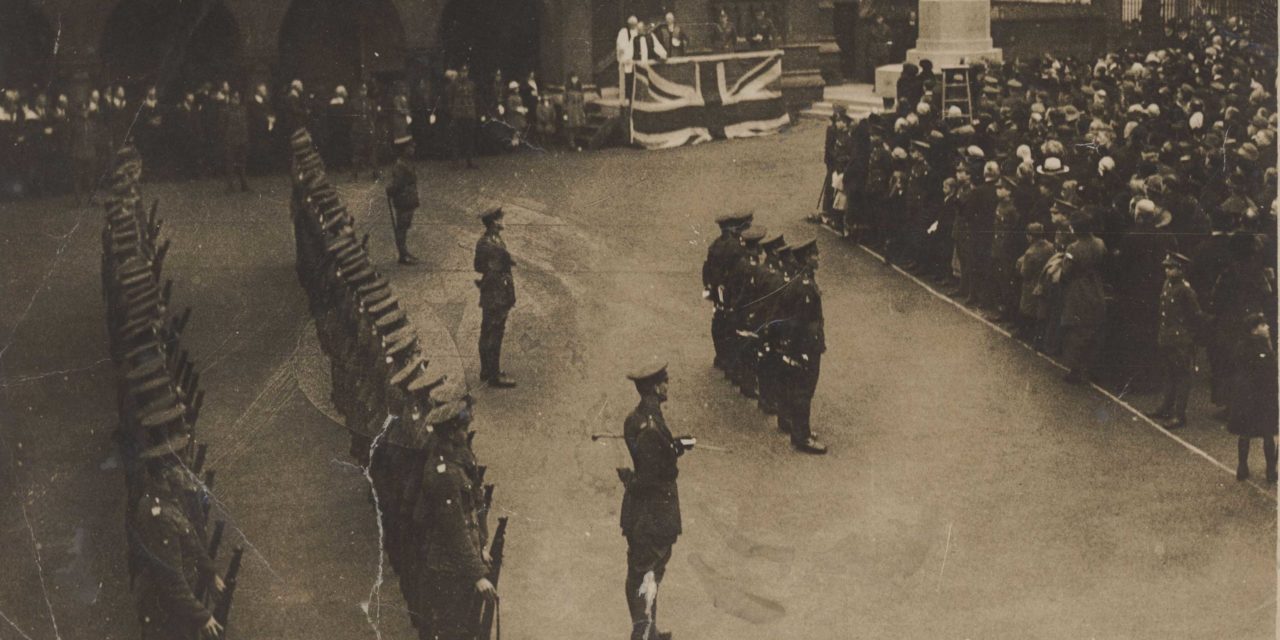
1918
1918 – The end of the First World War, in which 221 Highgate boys and seven teachers lost their lives. They are commemorated on our war memorial, officially unveiled in 1921, outside our chapel.
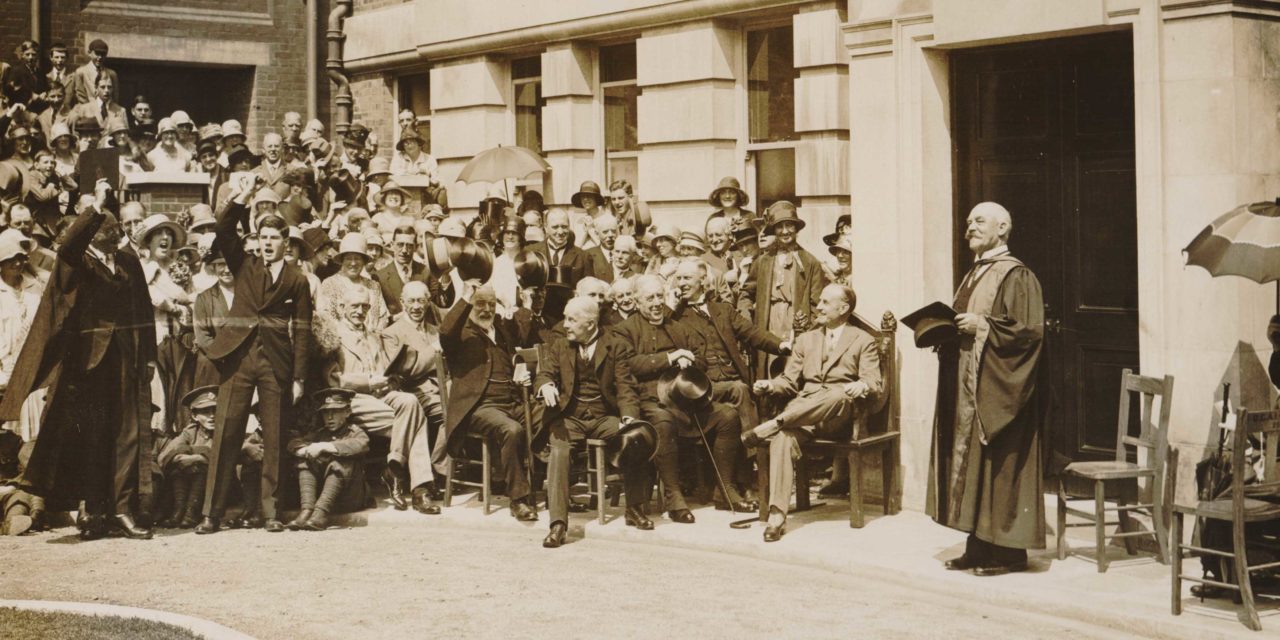
1928
1928 – A new science building is opened to contain Highgate’s growing science and biology laboratories, plus facilities to study engineering and aeronautics. This new block practically doubles the area now covered by our School.
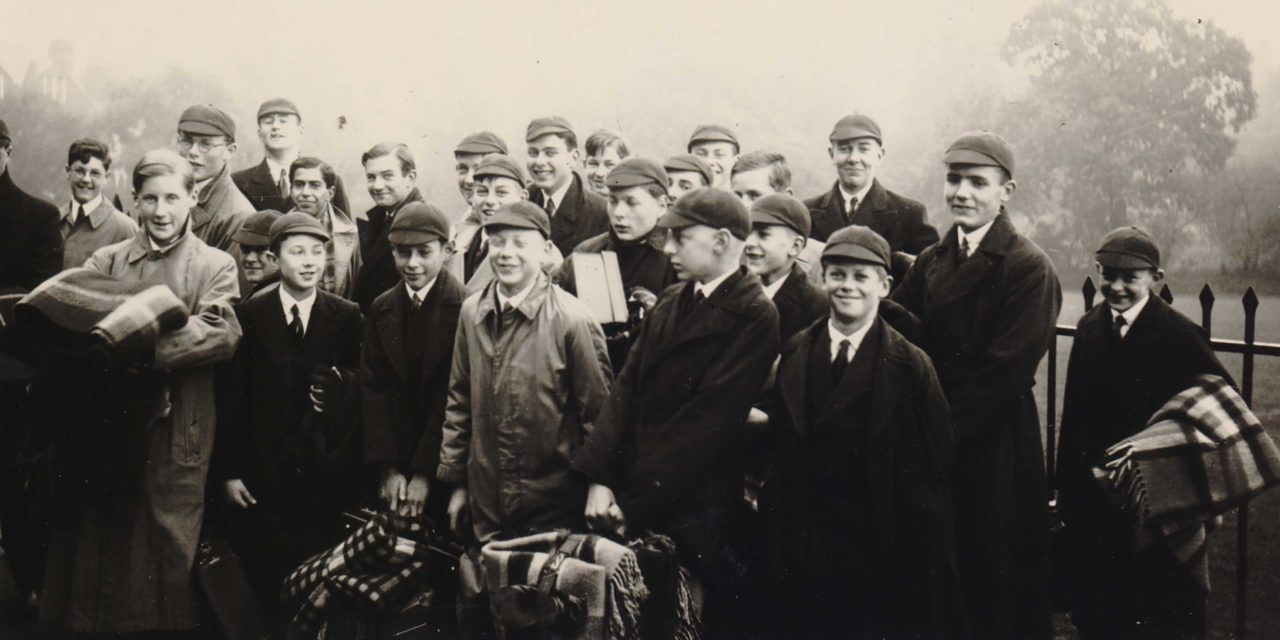
1939
1939 – With the start of the Second World War, most School buildings are commandeered by the government. The majority of Highgate’s staff and pupils are evacuated to Westward Ho! in Devon. The boys live, and are taught, in hotels and boarding houses taken over for this purpose. A Jewish Circle is started, along with our House Music Competition and expeditions.
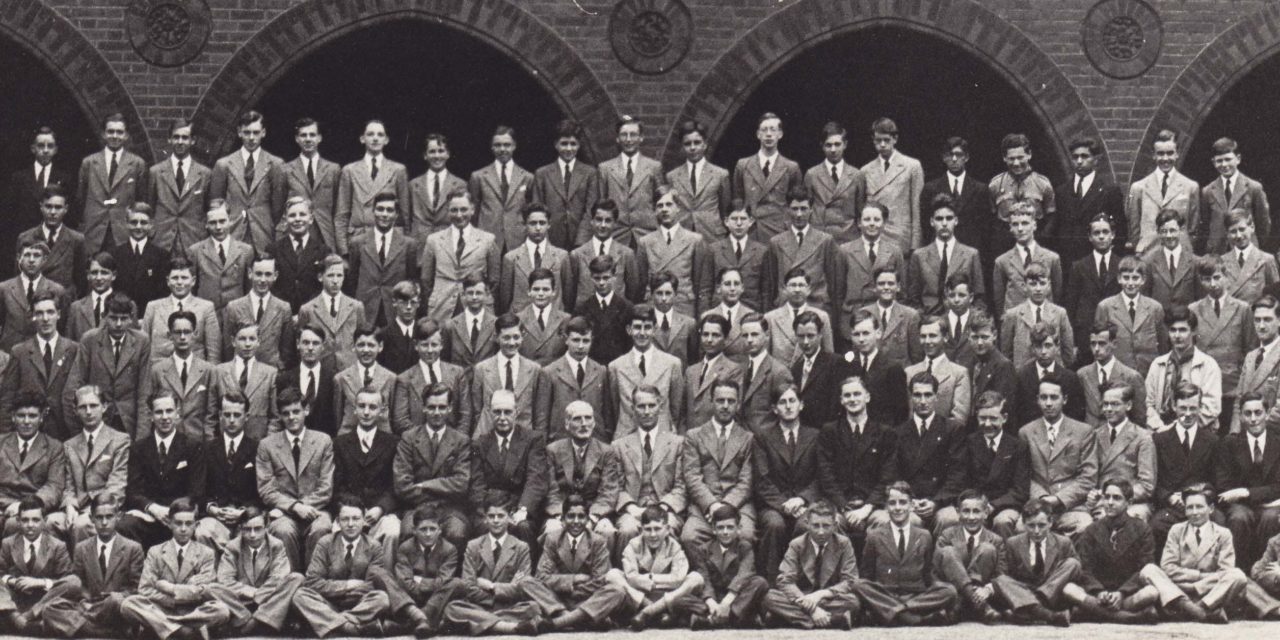
1943
1943 – Our School ends its evacuation in Devon and returns to London, with our teaching buildings in Highgate returned in the same year.
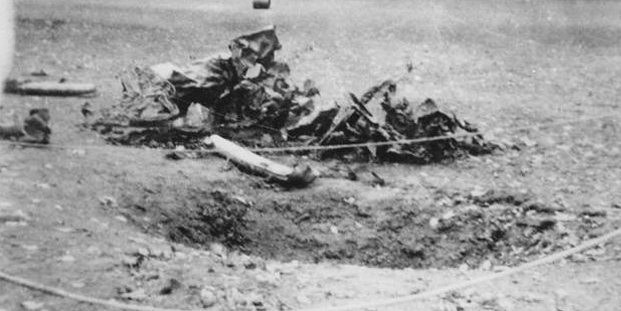
1944
1944 – A V-1 ‘Doodle Bug’ bomb lands on our Senior Field. Luckily no one is seriously injured.
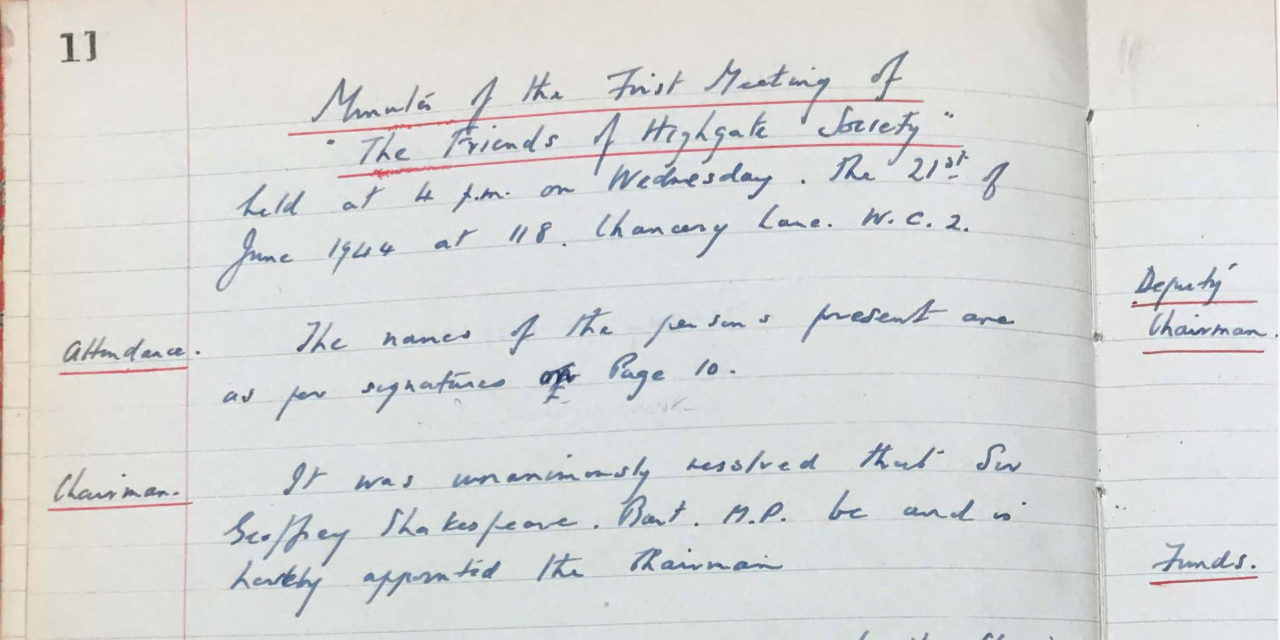
1945
1945 – The Friends of Highgate is founded, with the primary aim of funding education for the sons of Old Cholmeleians who died during the wars.
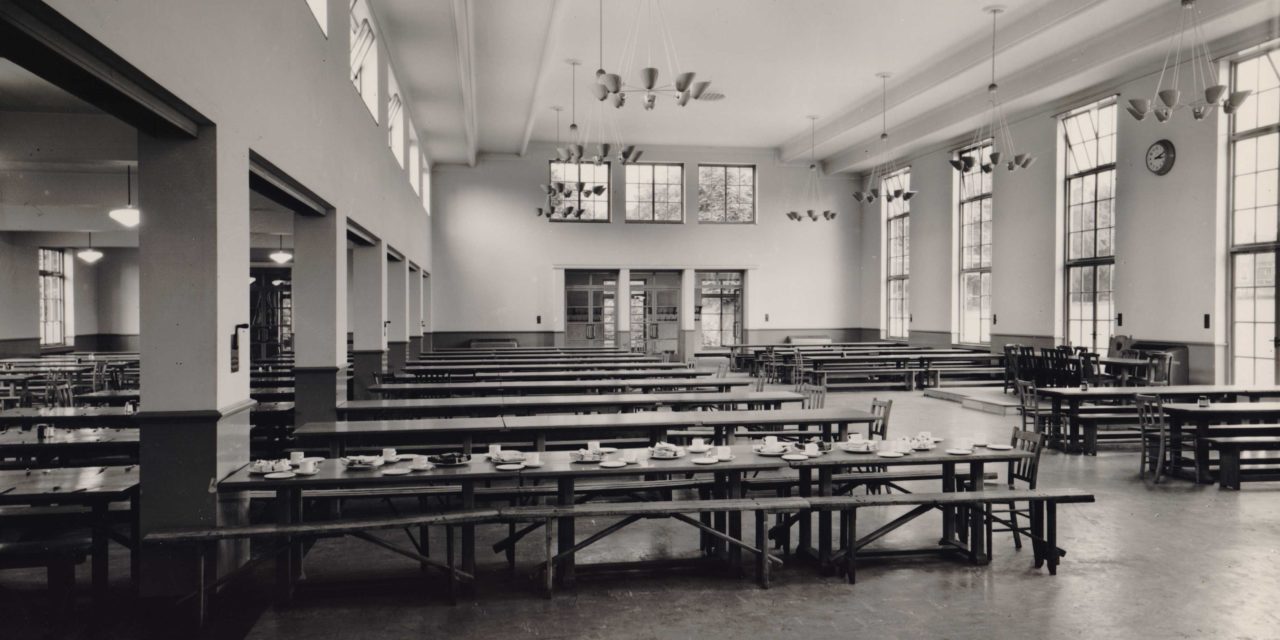
1958
1958 – A new dining hall is opened on our Bishopswood Road site.
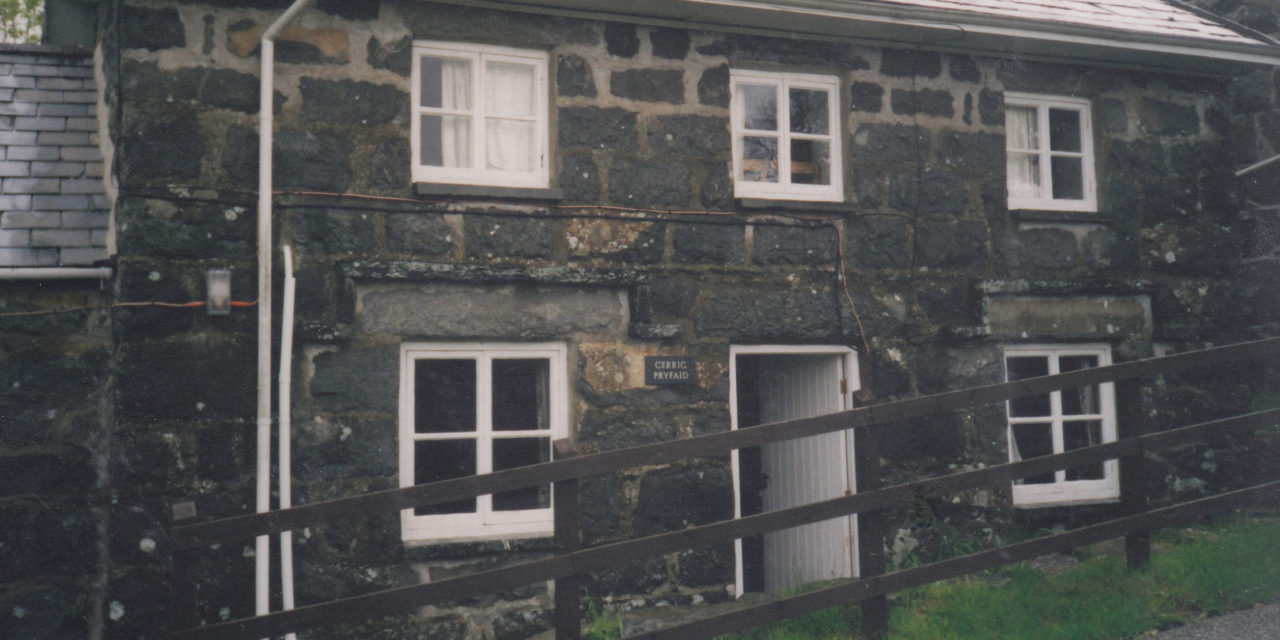
1960s and 1970s
1960s and 1970s – Highgate undergoes an extensive building programme to accommodate our growing numbers. Buildings are modernised, tennis courts, squash courts and a new swimming pool opened, and an outreach centre purchased in North Wales.
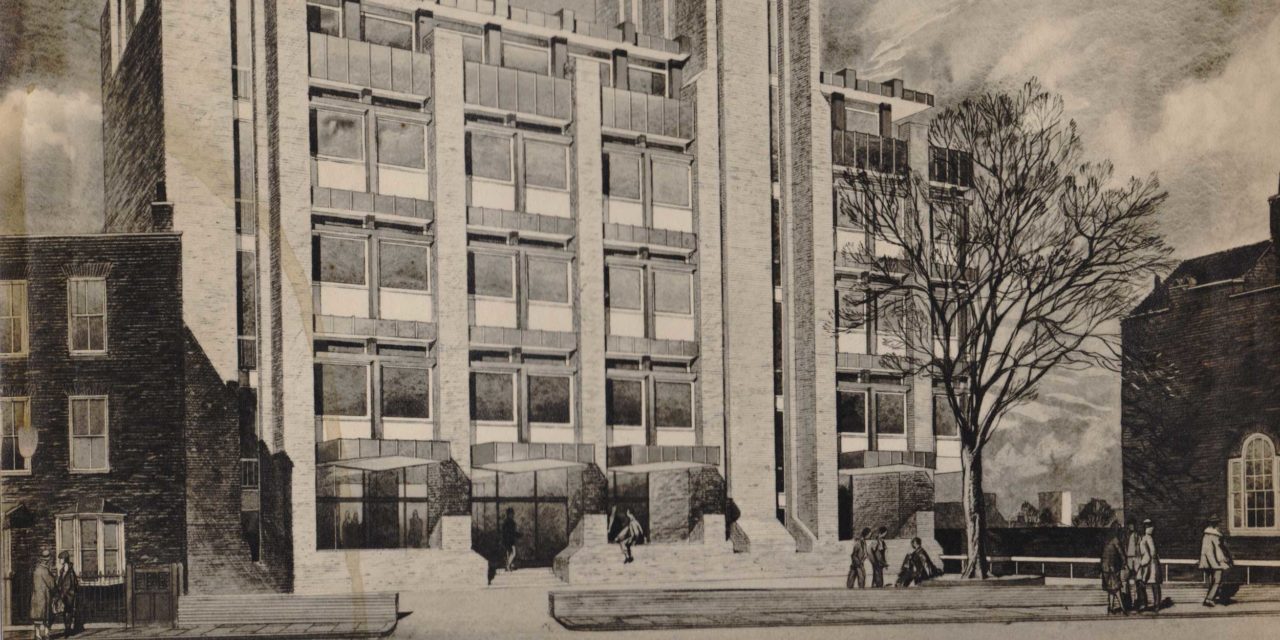
1967
1967 – Dr Dyne’s old house on Southwood Lane is replaced by a new teaching block. Named Dyne House in his honour, and opened by Yehudi Menuhin, it becomes our new music and arts centre.
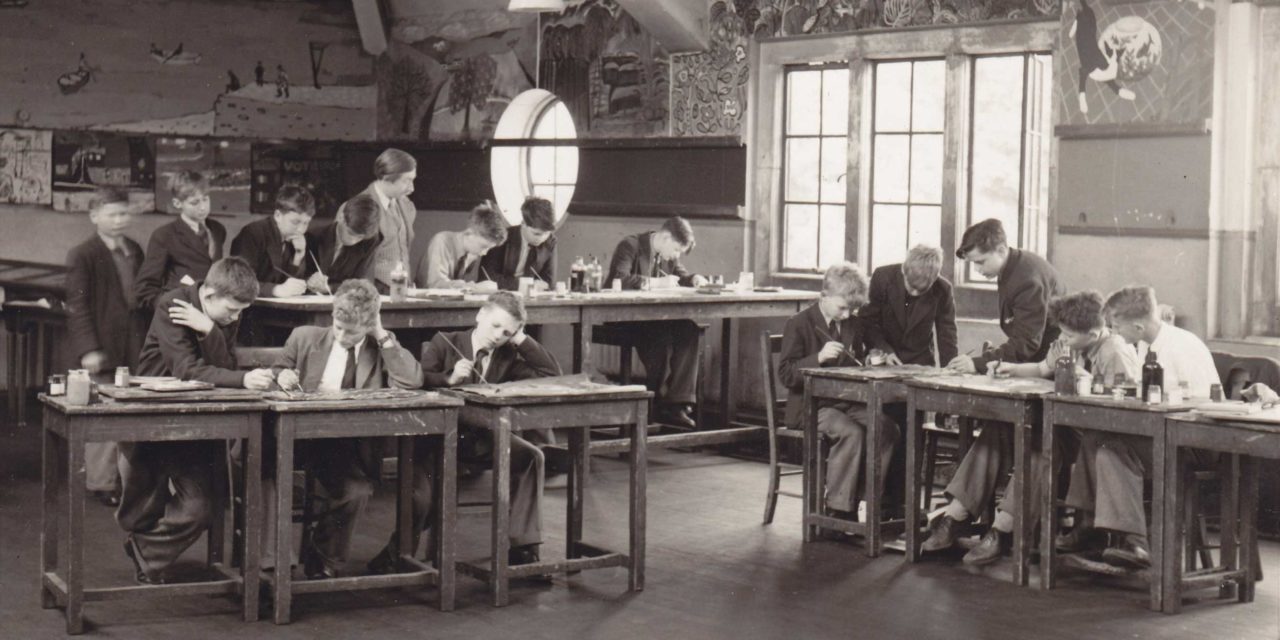
1973
1973 – Sir Kyffin Williams, widely regarded as the defining artist of Wales during the twentieth century, retires as senior art master at Highgate. He had held this post since 1944.
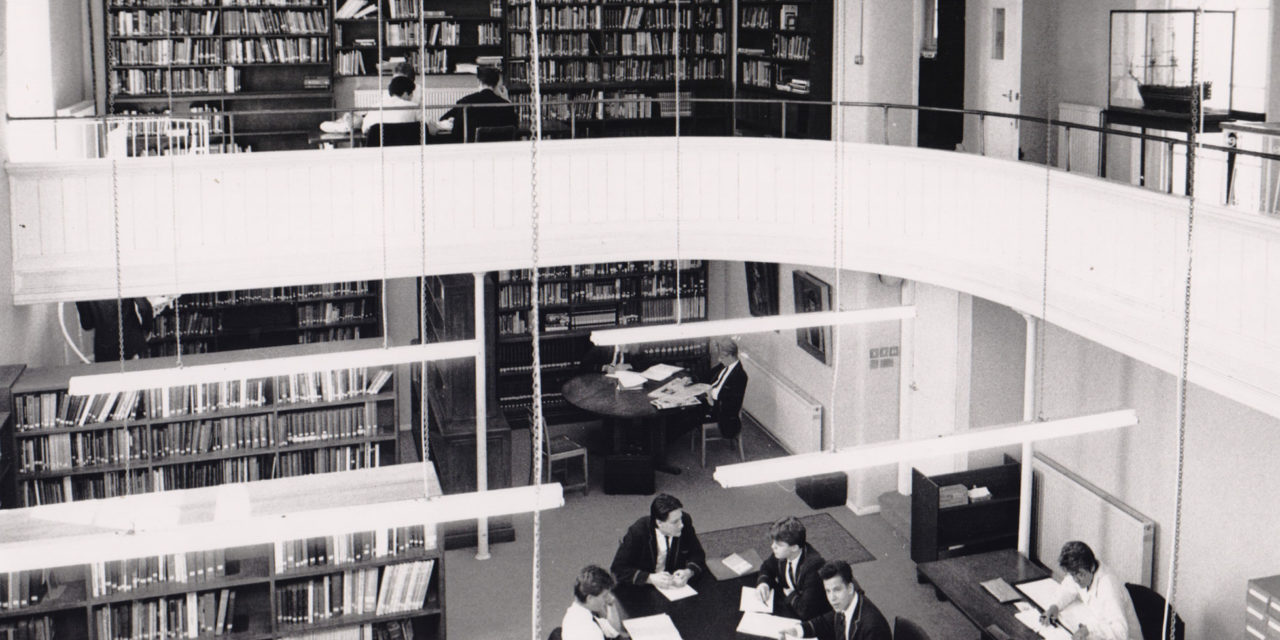
1976
1976 – Highgate acquires the Baptist ‘Tabernacle’ on Southwood Lane, which houses our library for almost thirty years. (It now serves as our School Museum, open to the public every Saturday from 10am – 1pm during term).
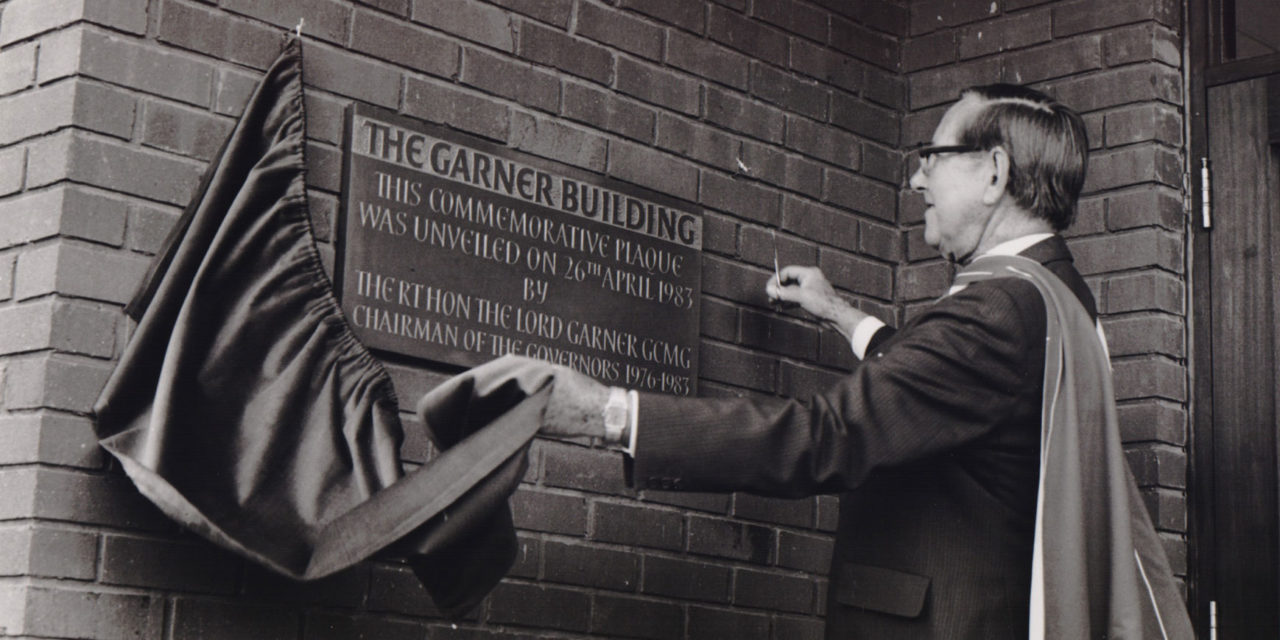
1983
1983 – Our new mathematics building, the Garner Mathematics Block, is constructed on North Road. It provides much needed classroom space, as well as fantastic views over London.
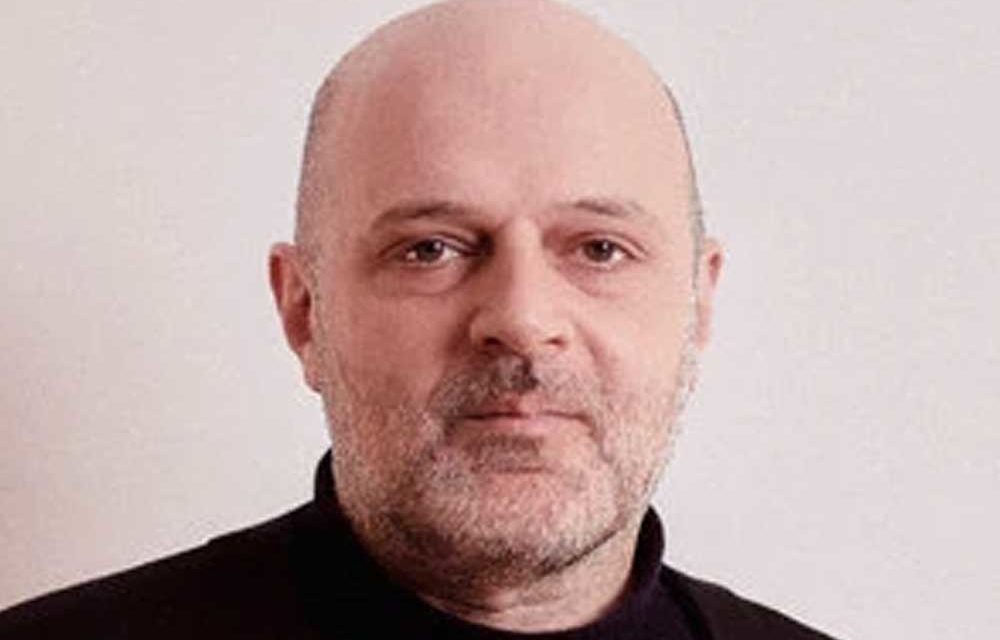
1984
1984 – Hussein Chalayan joins Highgate as a pupil. He will later win British Designer of the Year (in 1999 and in 2000) for his fashion work.
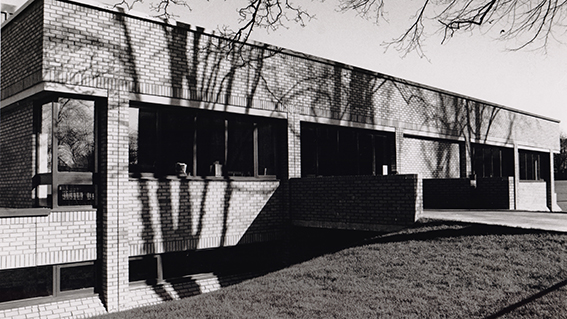
1989
1989 – Our Mallinson Sports Centre opens, helping pupils and staff maintain their fitness or further develop athletic expertise. Fittingly, it is named after Theodore Mallinson, who worked at Highgate for almost seven decades and was instrumental in ensuring pupils took part in outdoor pursuits.
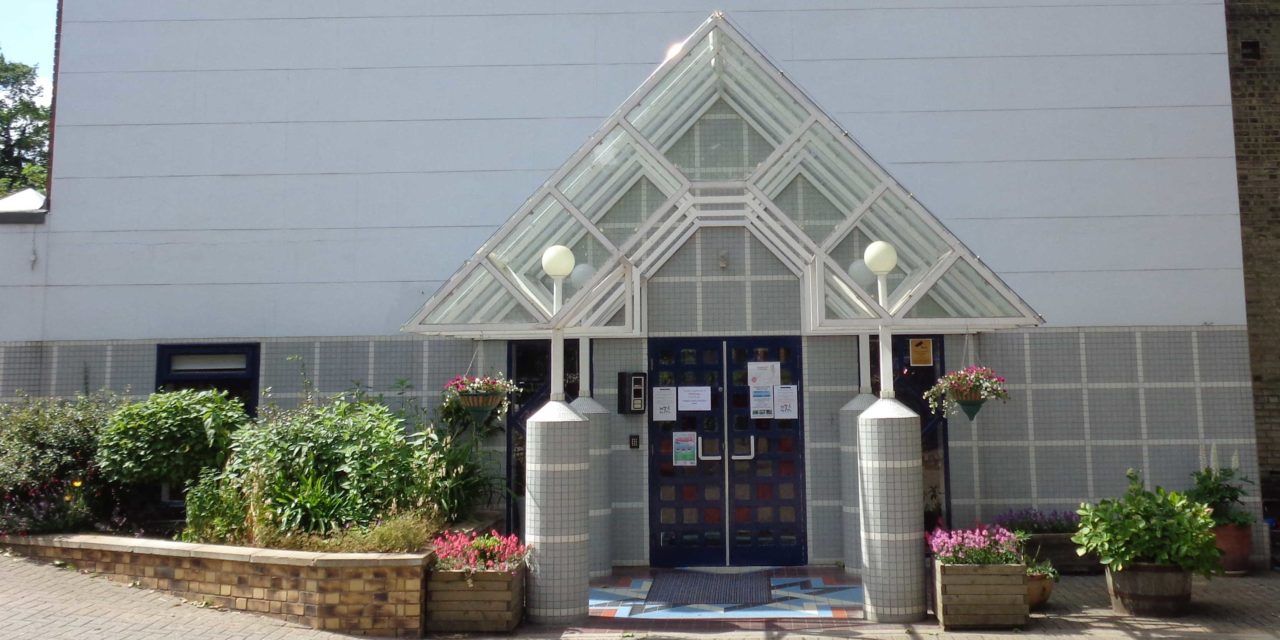
1993
1993 – For the first time, girls join Highgate as members of our Pre-Preparatory School only, situated in our boarding house, Grindal, as boarding is phased out. (Our last boarders leave our School in 1997).
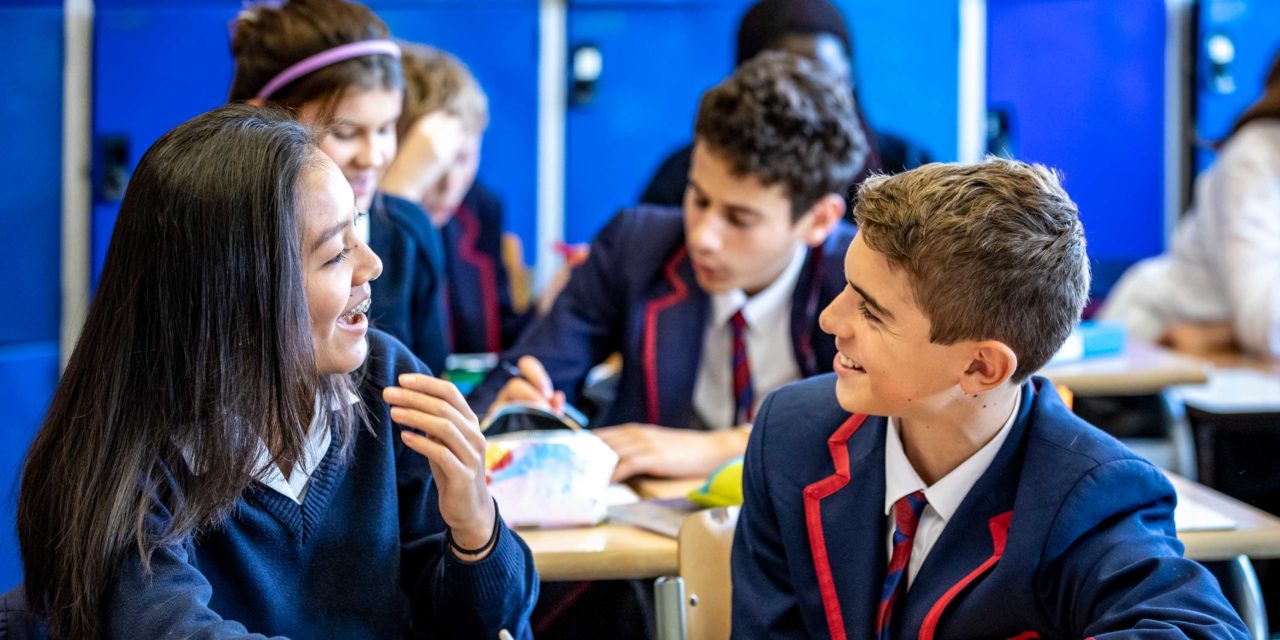
2004
2004 – Girls are introduced to our Pre-Prep and Sixth Form, as Highgate becomes co-educational in all year groups. We remain co-educational today, equipping pupils with the necessary tools to fulfil their academic potential, whilst learning how to work and play alongside each other.
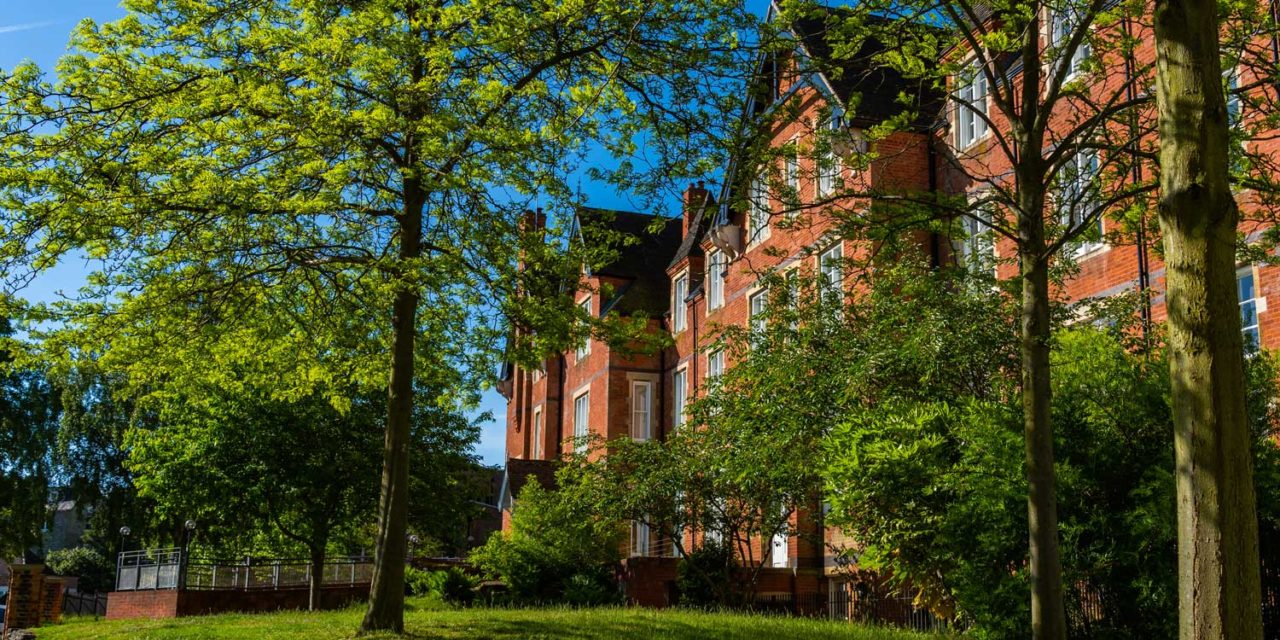
2005
2005 – Our School House (from 1880) is refurbished as the Mills Centre for Art and Design, with teaching of these subjects moving here from Dyne House.
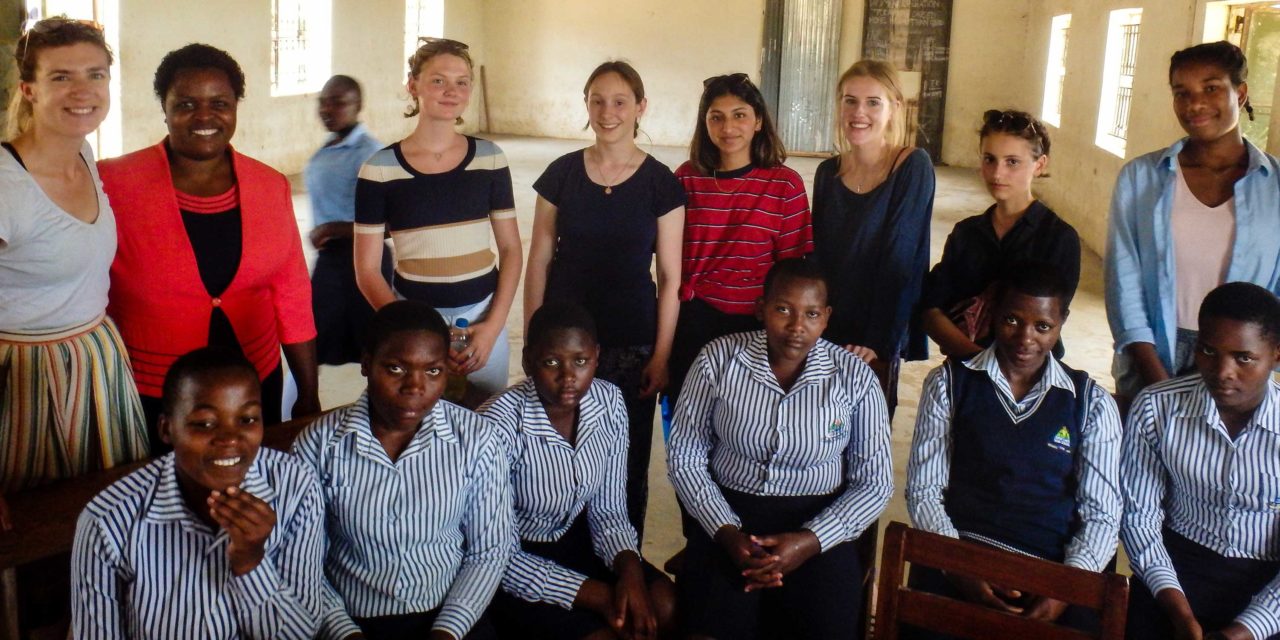
2008
2008 – Great Lakes High School in Uganda is founded, providing educational opportunities in a country where the poorest do not often attend school. Highgate is involved with, and supportive, from the start, undertaking fundraising, sponsoring pupils and visiting GLHS each summer.
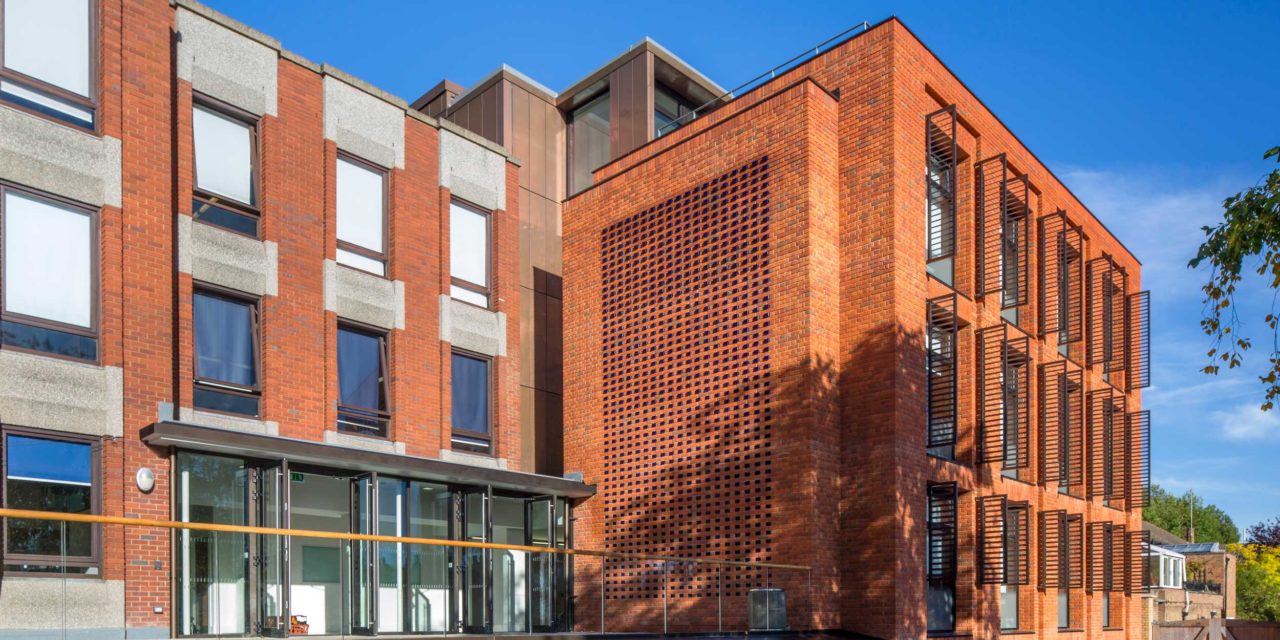
2012
2012 – The Charter Building is opened on North Road to provide more classrooms.
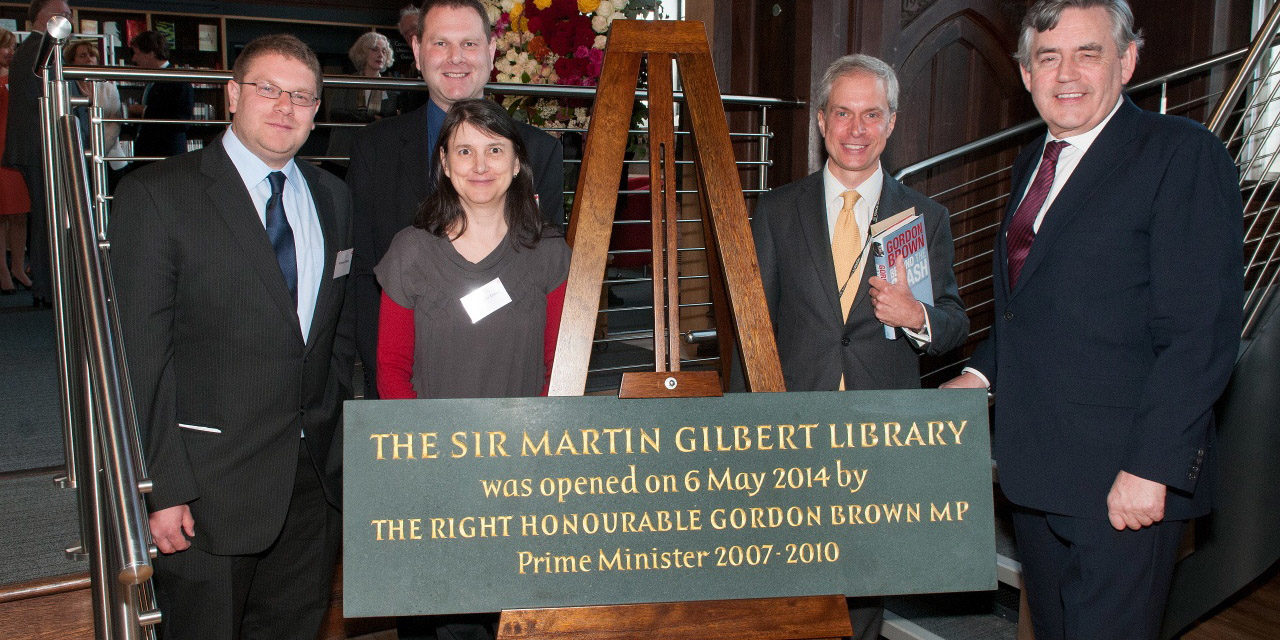
2013
2013 – Our 1866 ‘Big School’ building is converted into the Sir Martin Gilbert Library, opened the following year by former PM Gordon Brown. Our 1867 Crawley Chapel is completely renovated at the same time.
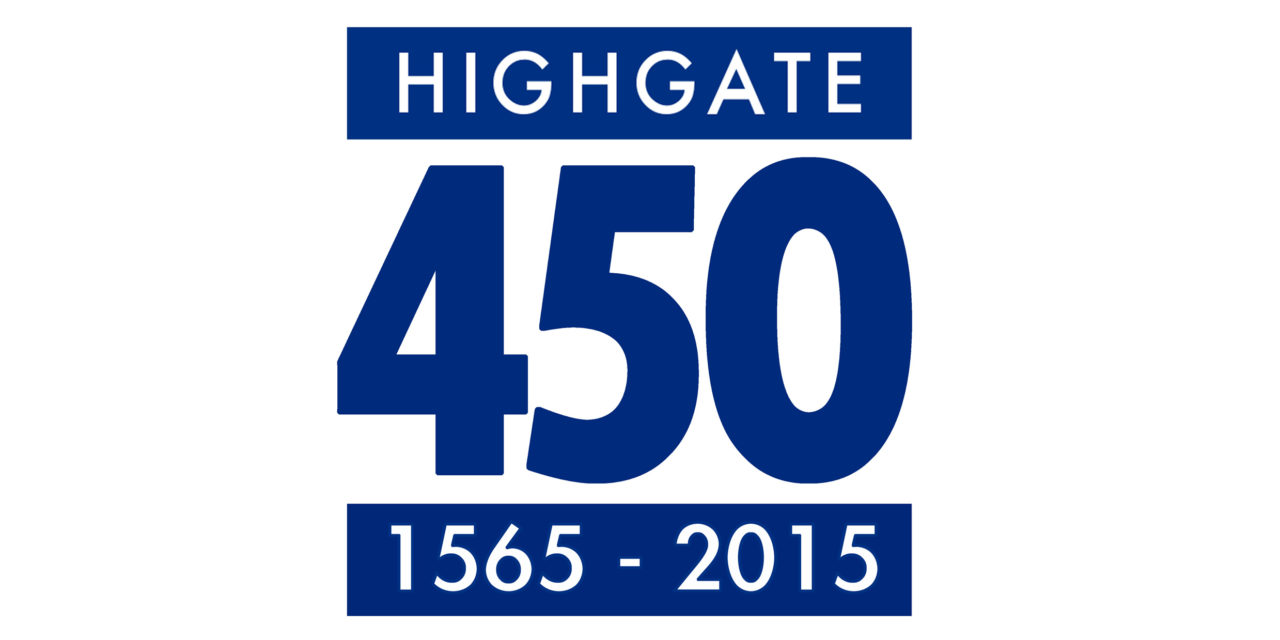
2015
2015 – Highgate celebrates 450 years since our foundation with a series of events, including opening our new museum and publishing a book about Sir Roger Cholmeley.
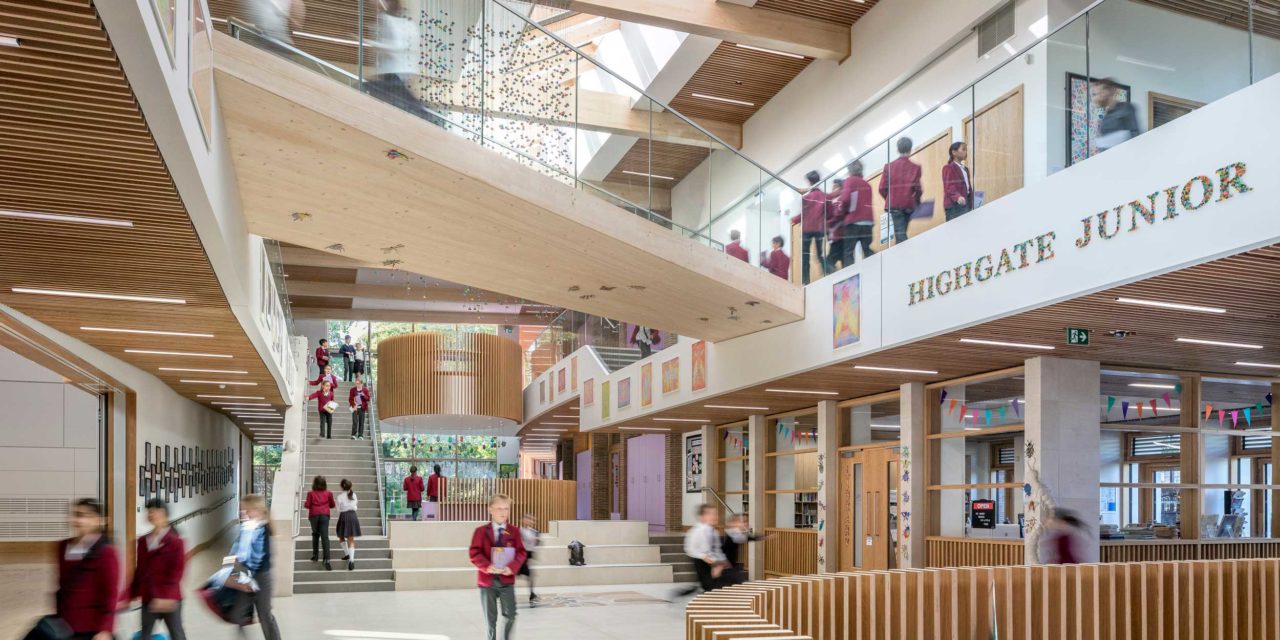
2016
2016 – Our 1938 Junior School ‘Cholmeley’ building is replaced by our state-of-the-art Junior School for pupils in Years 3 to 6. It will be described as ‘a wonder to behold’ by Tatler in 2018.
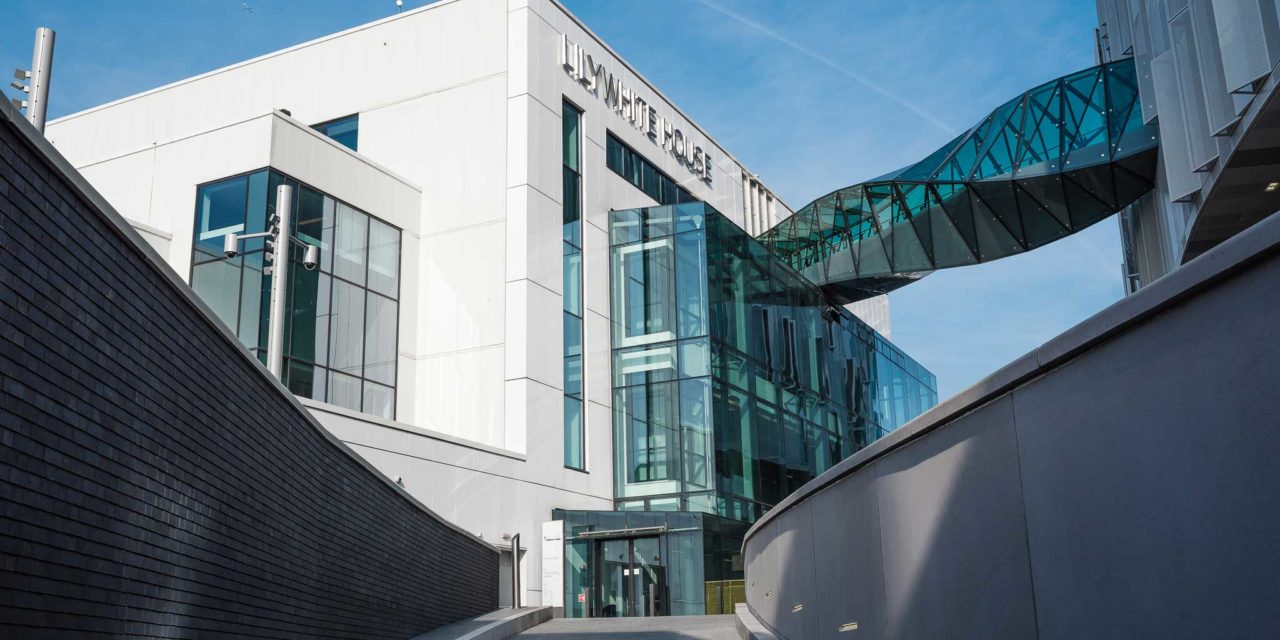
2017
2017 – London Academy of Excellence in Tottenham (LAET) opens in the borough of Haringey. Highgate is lead educational sponsor of this sixth form free school, while Tottenham Hotspurs Football Club is lead business sponsor.
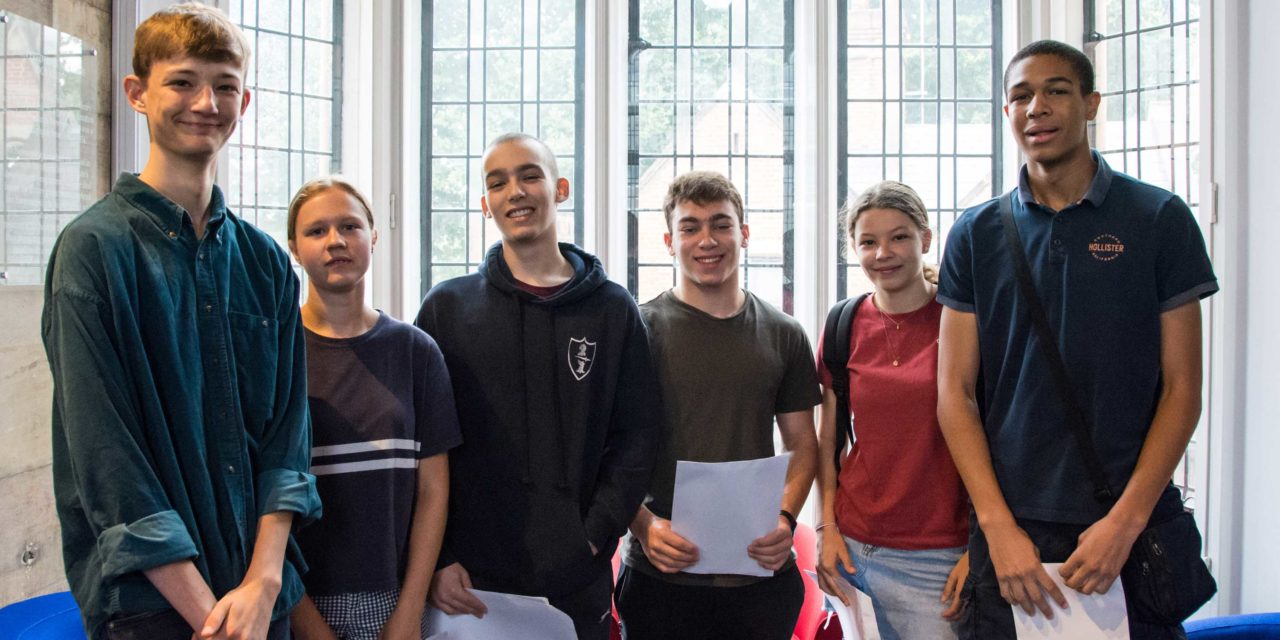
2018
2018 – Our outstanding exam results continue to place Highgate firmly in the top academic tier of UK independent schools. In Year 13, 39.1% of exam entries are awarded an A* at A level (or Pre-U equivalent) and 75.8% of grades are A* or A. At GCSE level, 73.7% of all entries are graded A* (or new numerical equivalent) and 92.2% are A or A*.

2019
We win Independent School of the Year 2019, at the Independent School of the Year Awards 2019, as well as Independent School of the Year for Contribution to Social Mobility.
ISY Judge Helen Wright said Highgate had won due to “…outstanding contribution to student experience in their own school and beyond, positively changing the lives of their own students and the lives of young people across the whole of our capital city and further afield.”
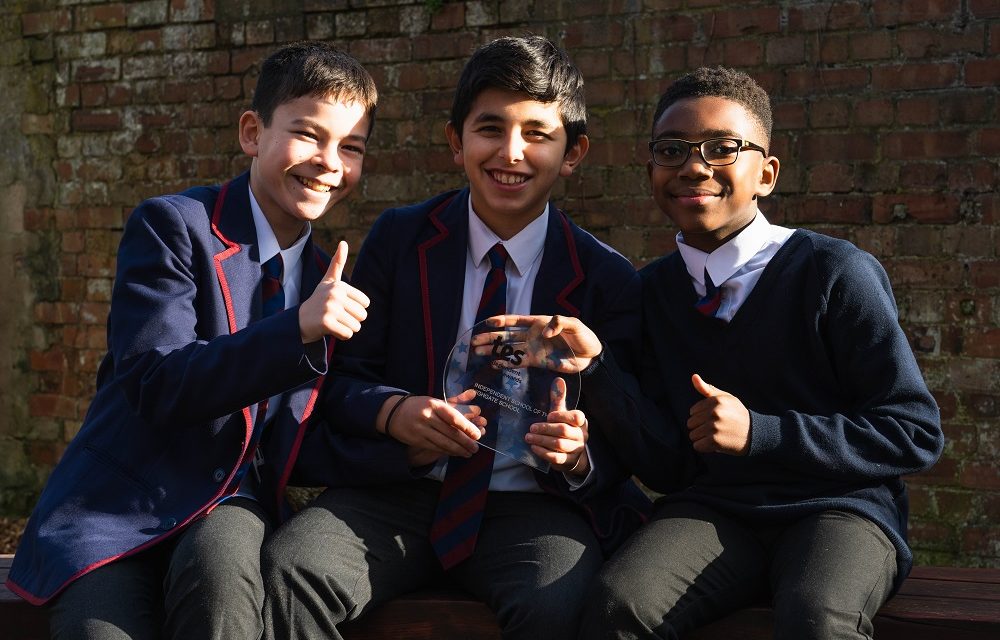
2020
Highgate School wins Independent School of the Year 2020 at the TES Awards (Times Educational Supplement).
Judges said: “Highgate provides a broad and creative curriculum for every subject area and within every year group. In pre-prep, children regard school as a safe, happy and exciting place. In juniors, the state- of-the-art building provides a nurturing and friendly environment that encourages academic excellence and personal development. In the senior school, Year 11s enjoyed record success last year in public exams, with results that placed Highgate in the top academic tier of UK independent schools, while the sixth form also enjoyed record exam success in 2019.”